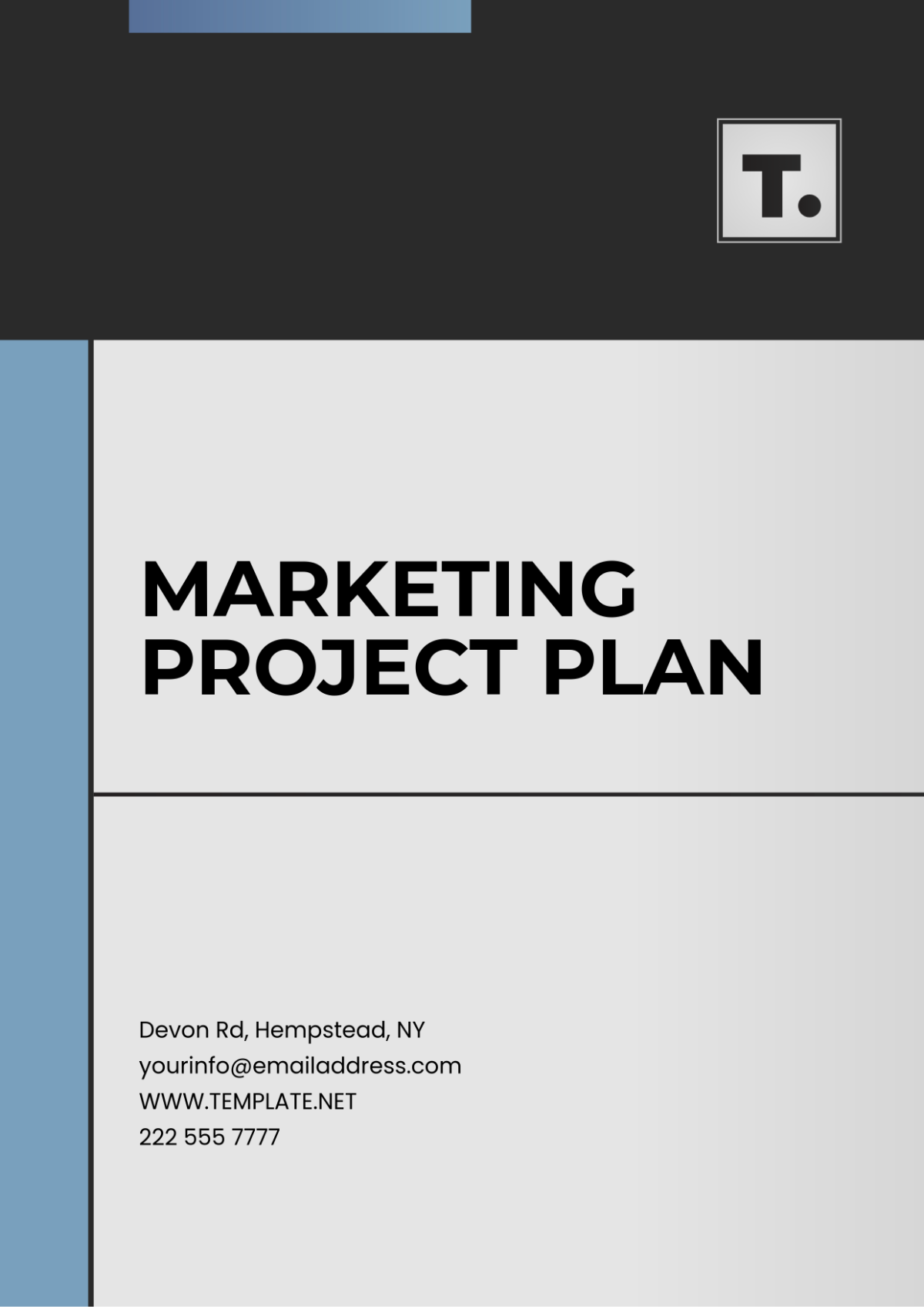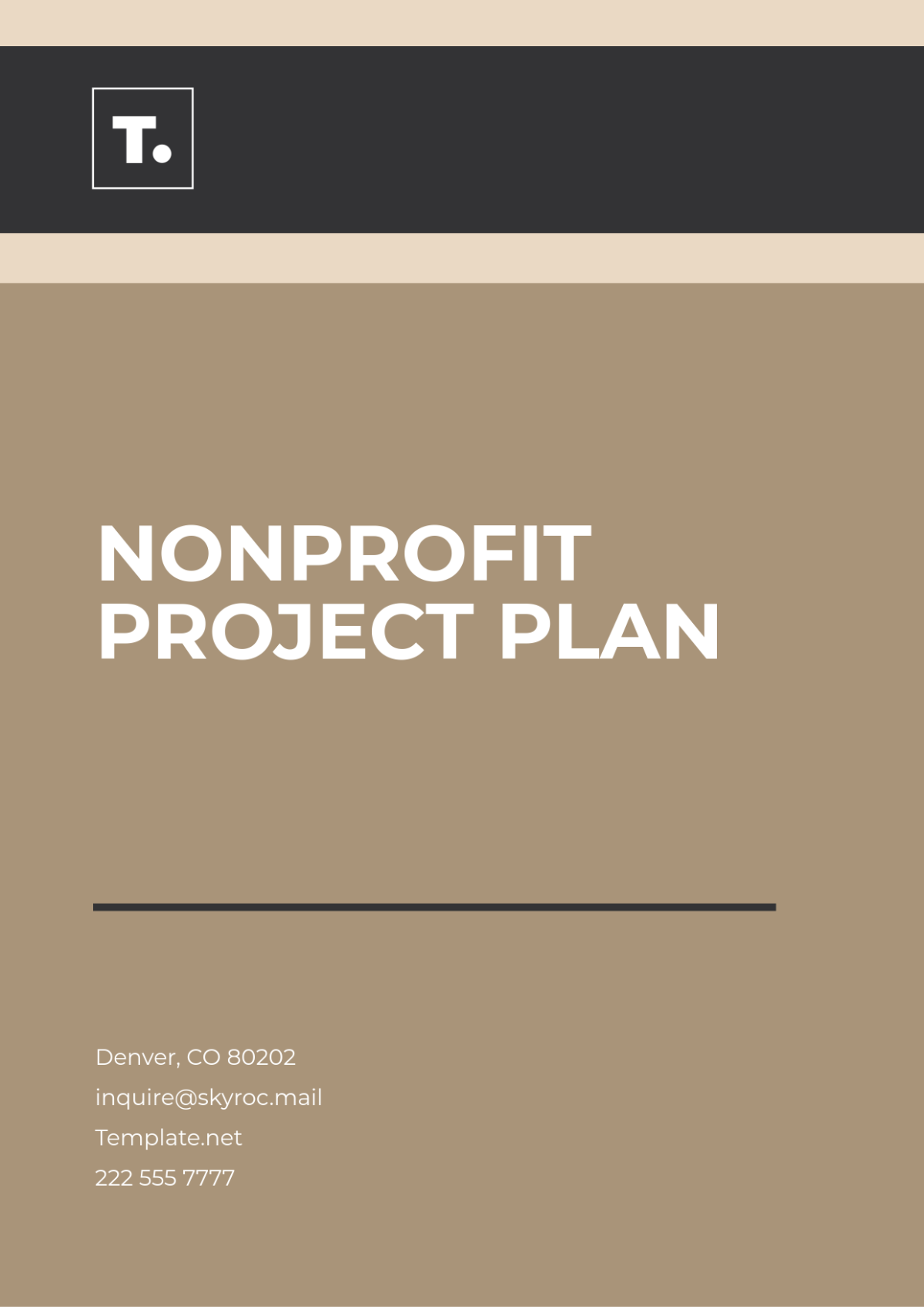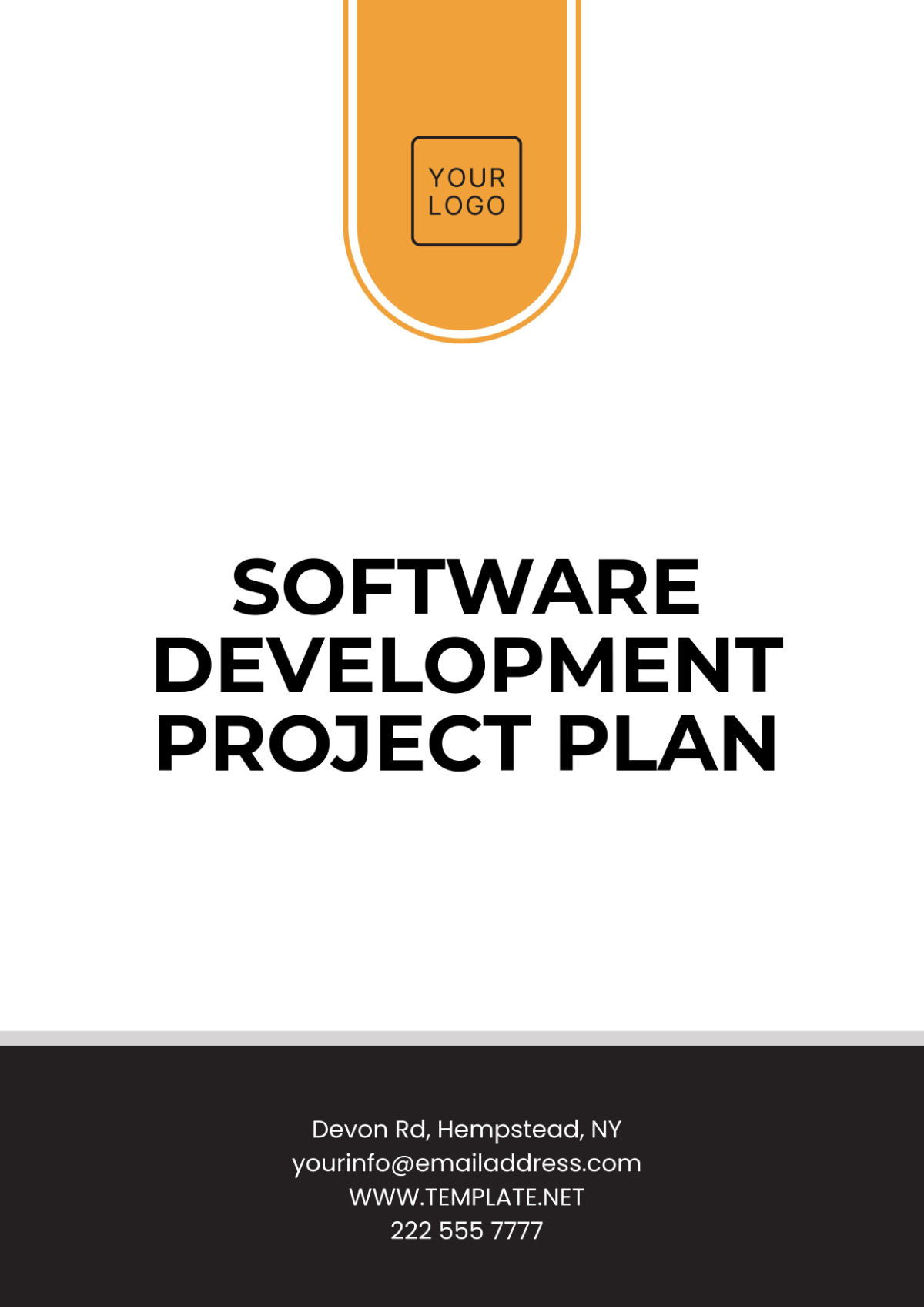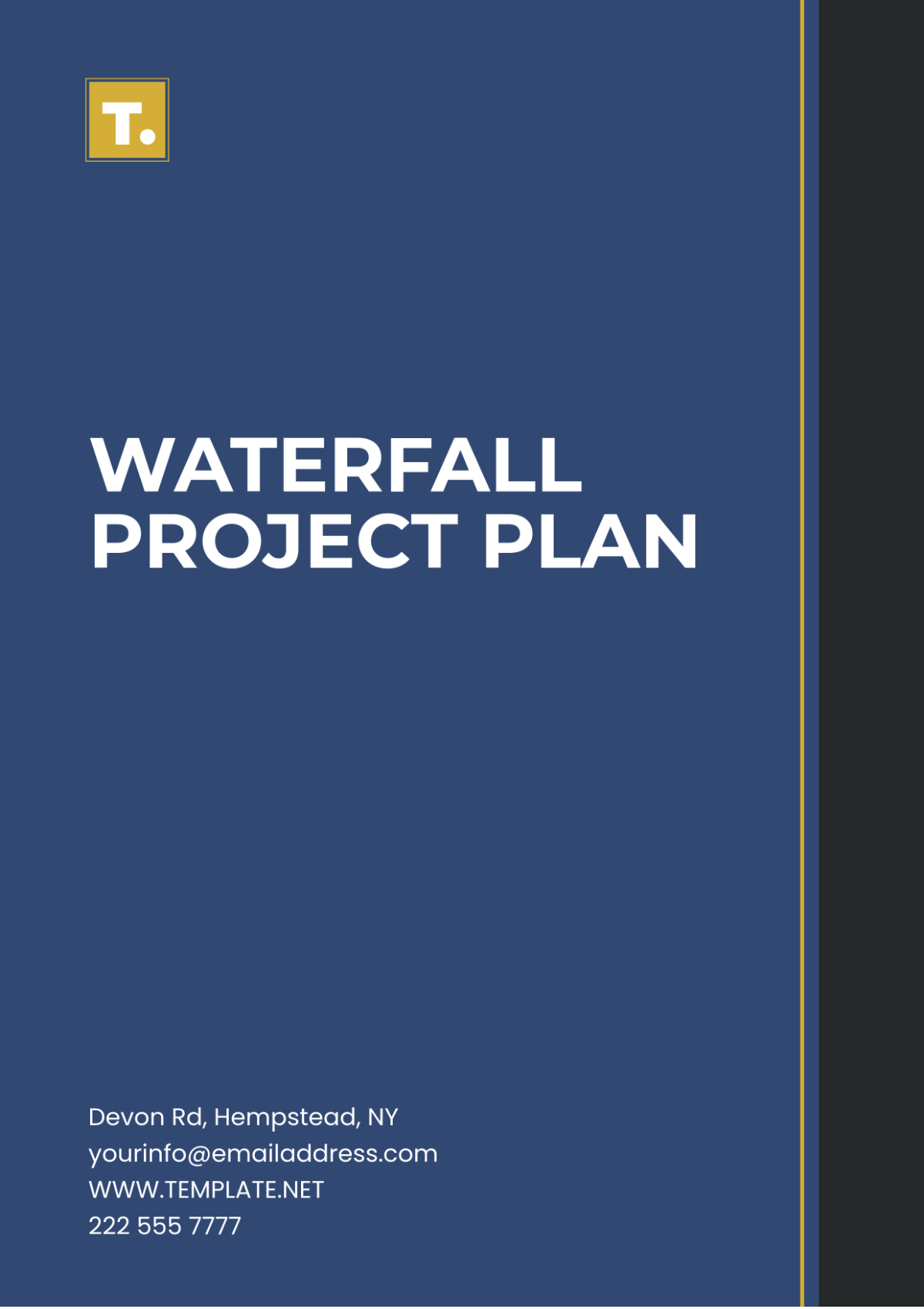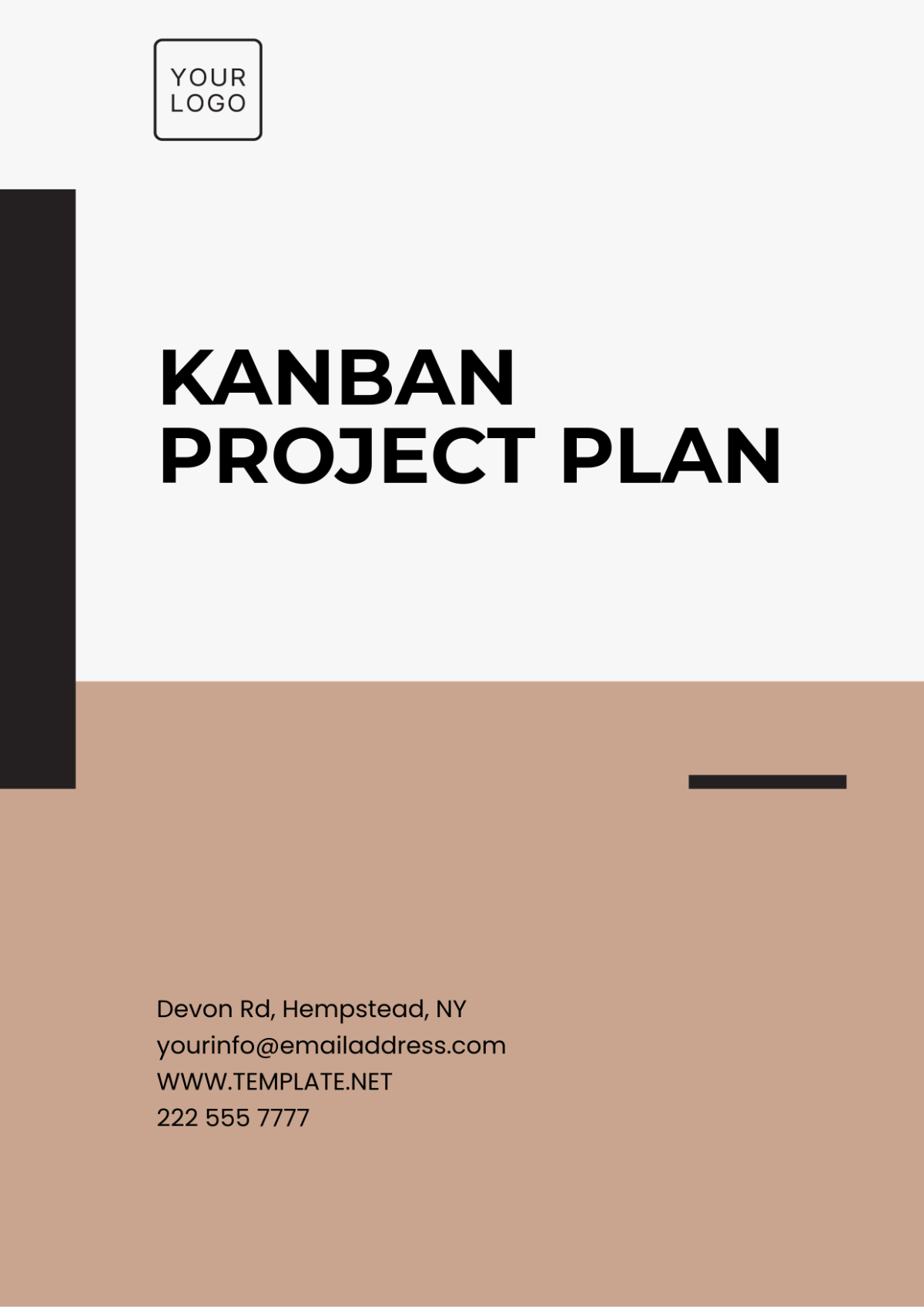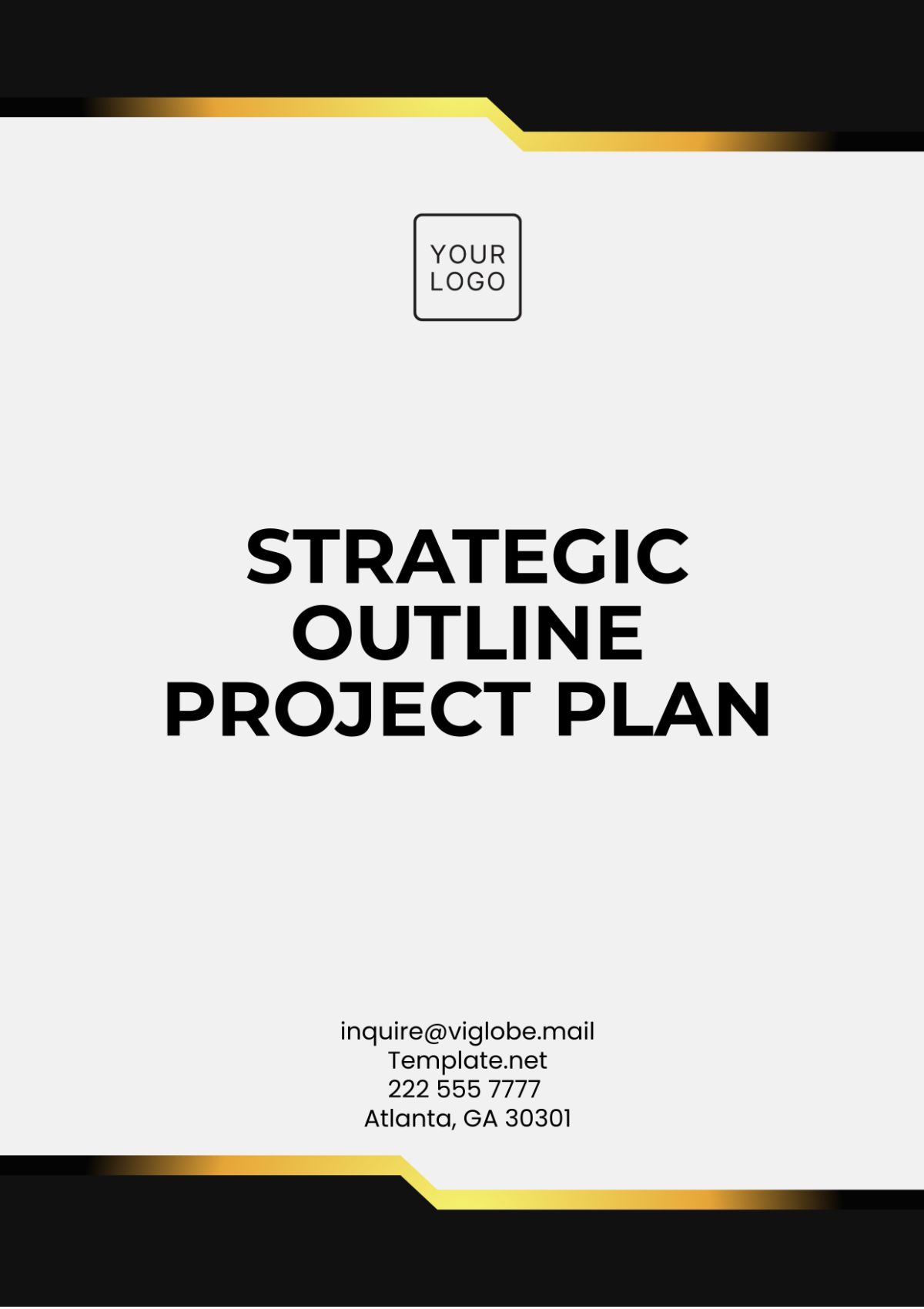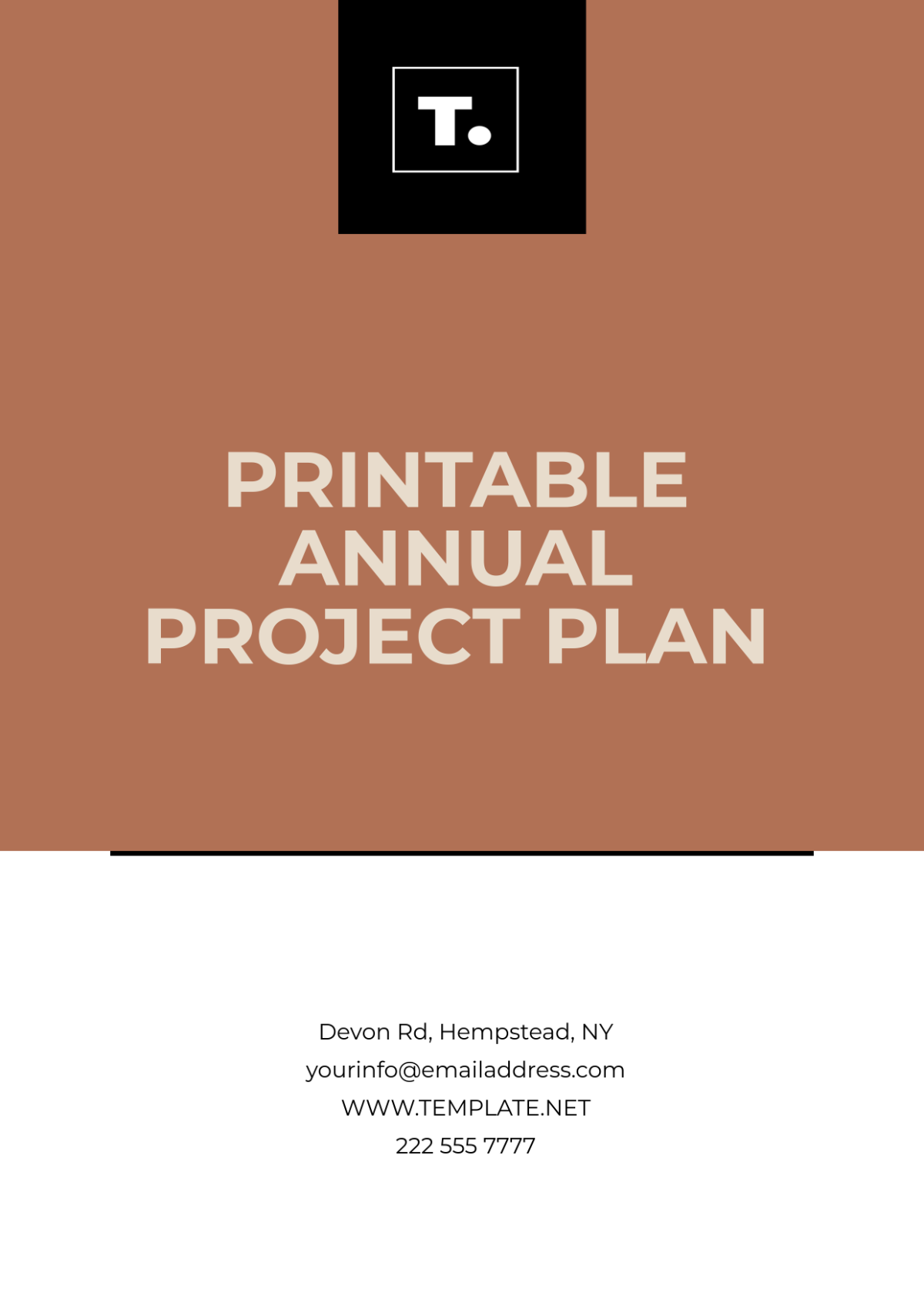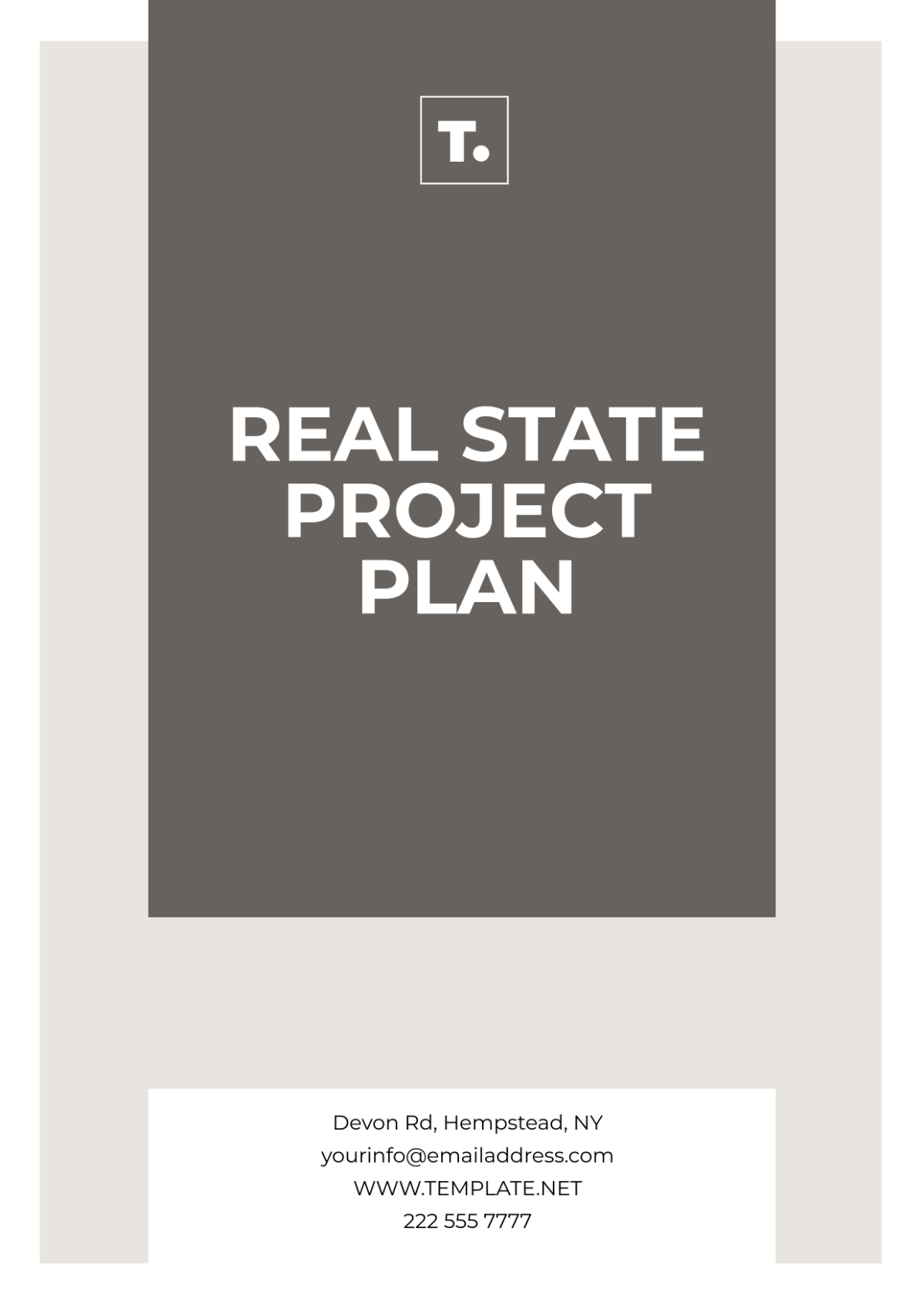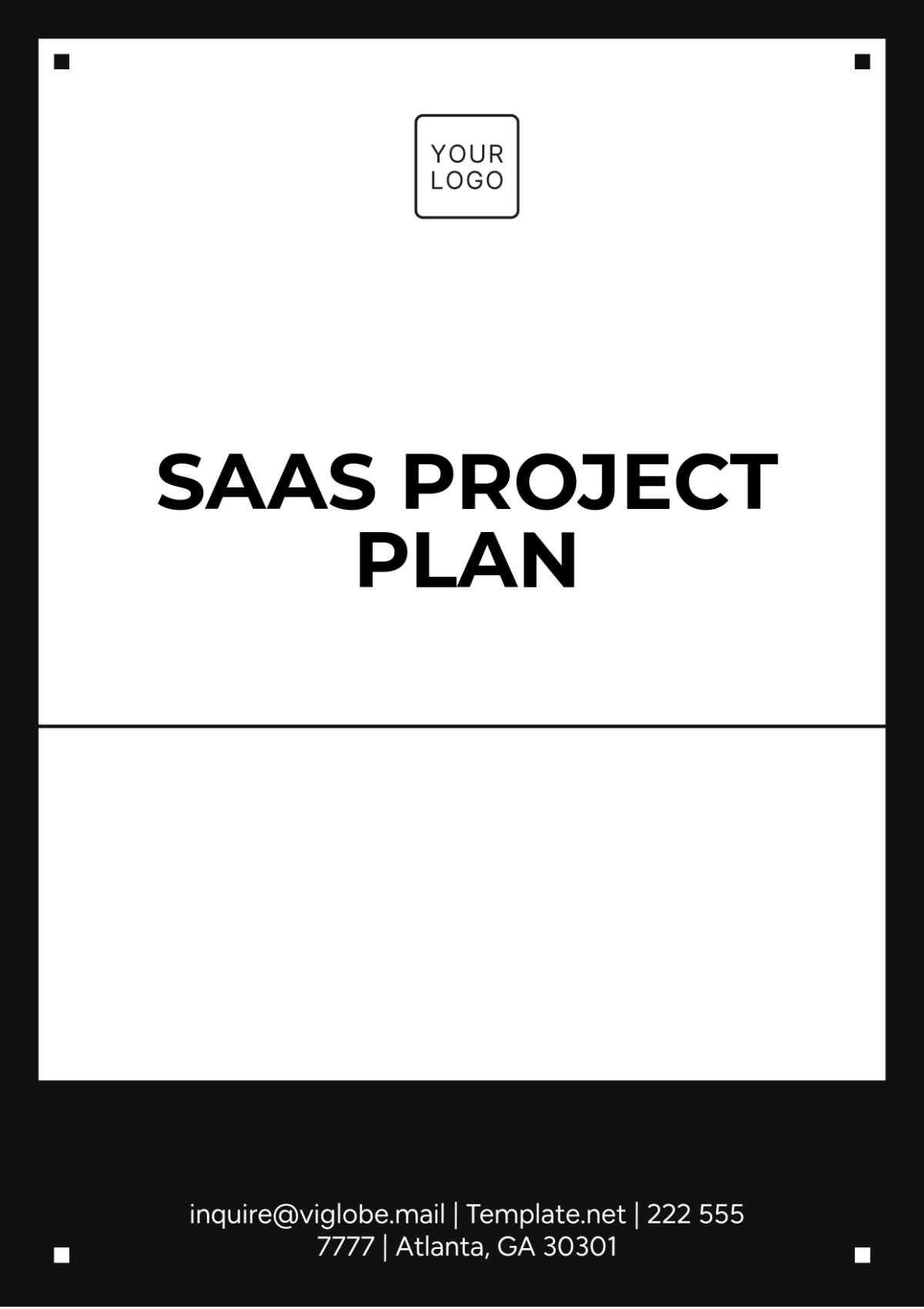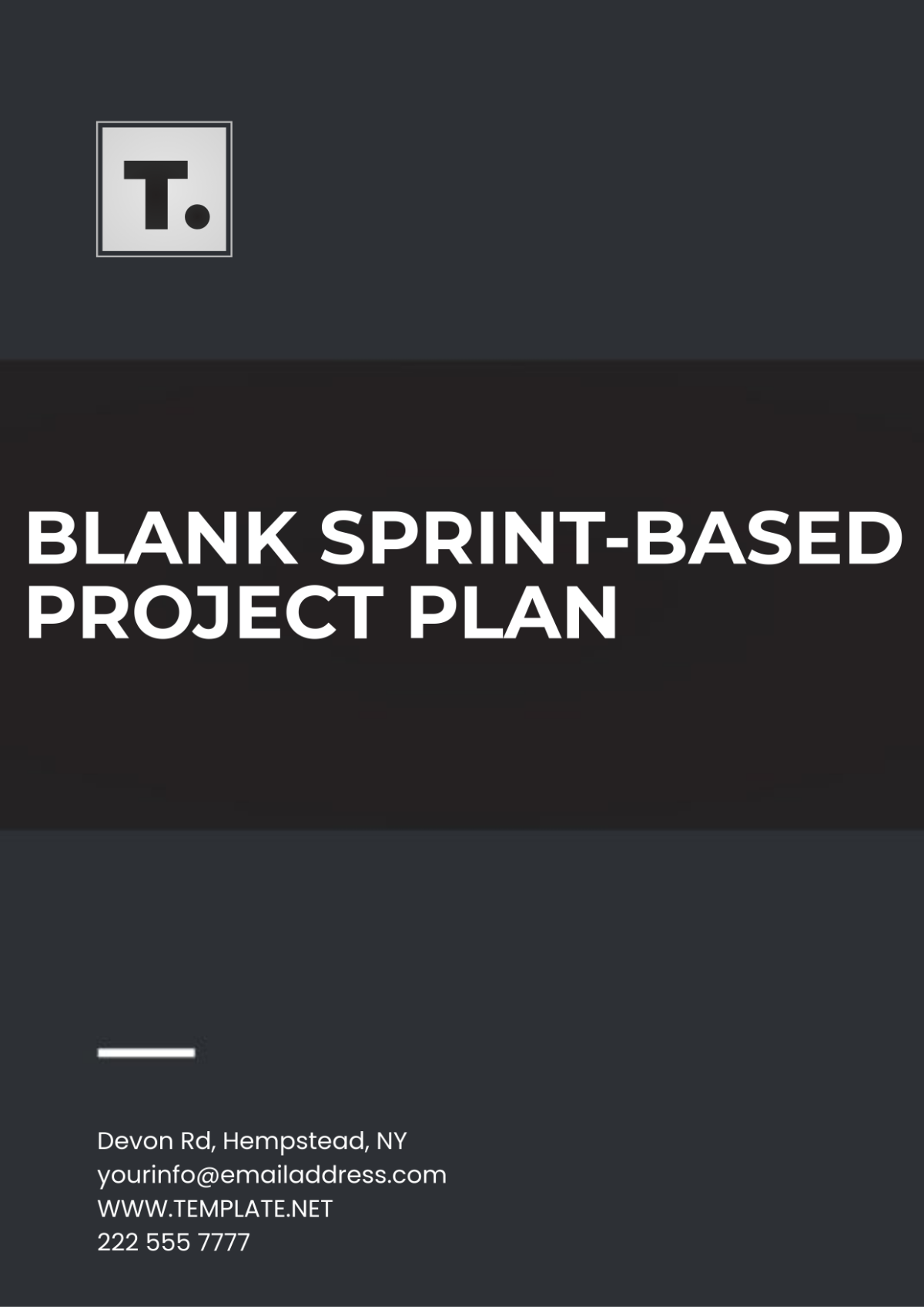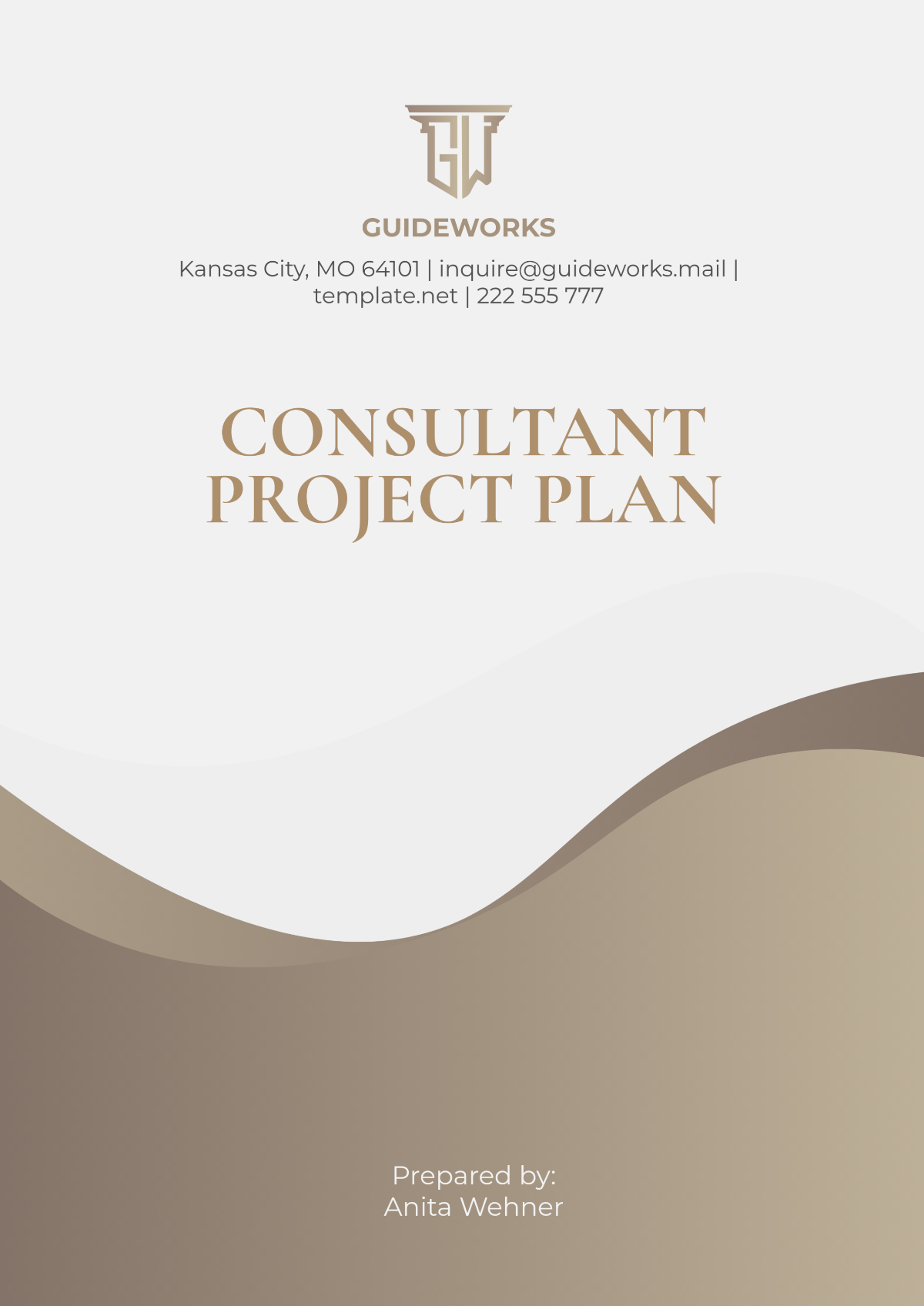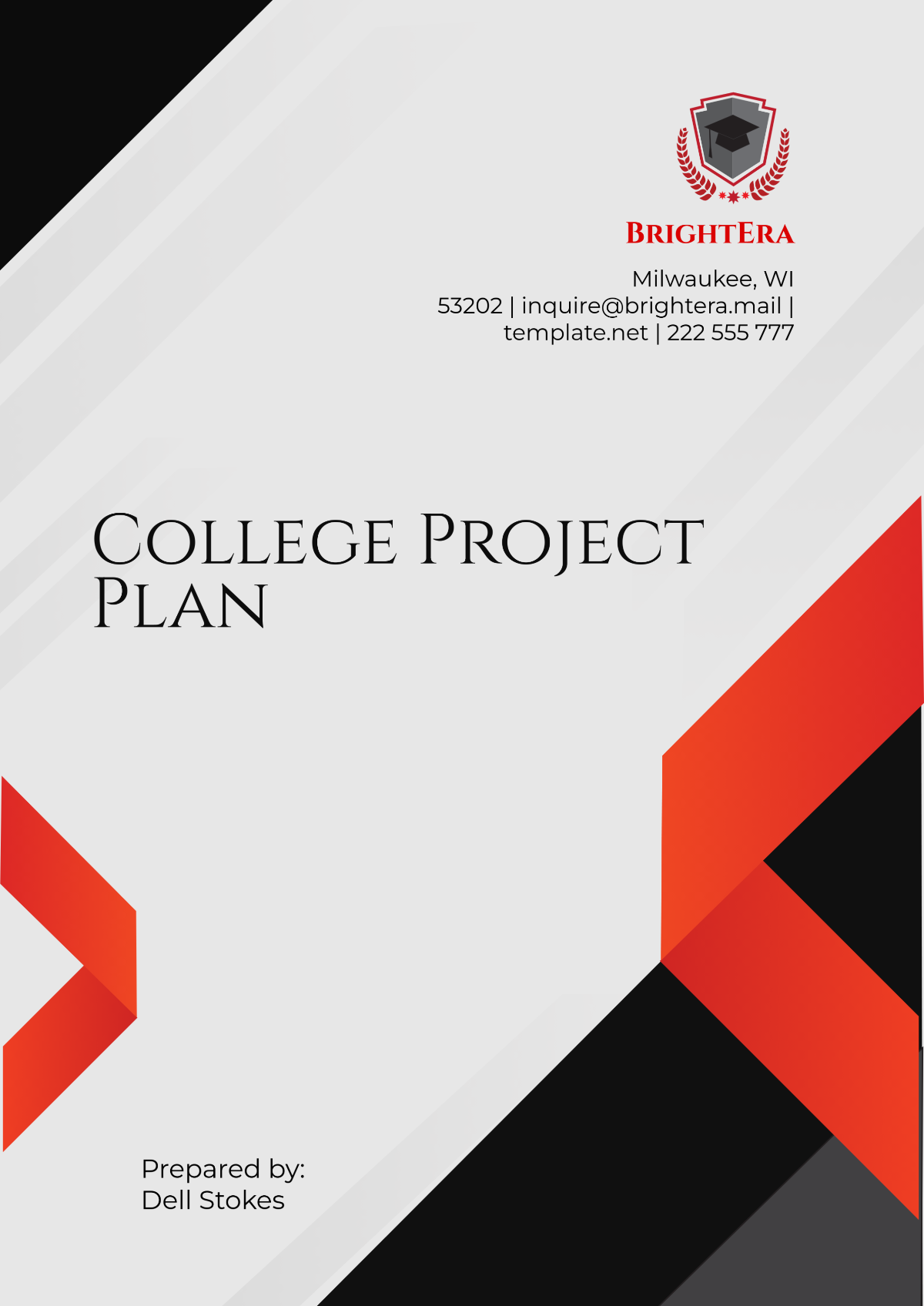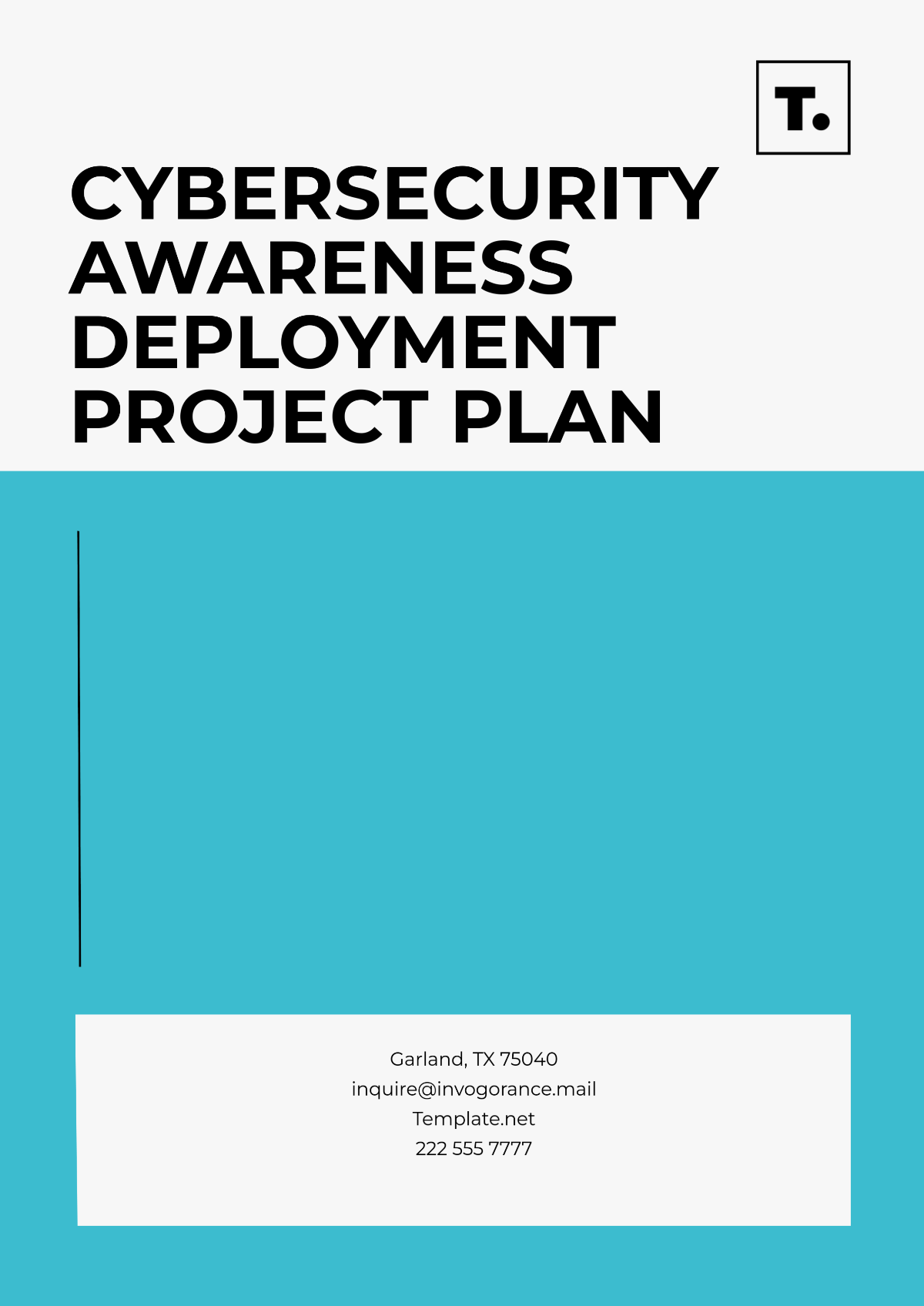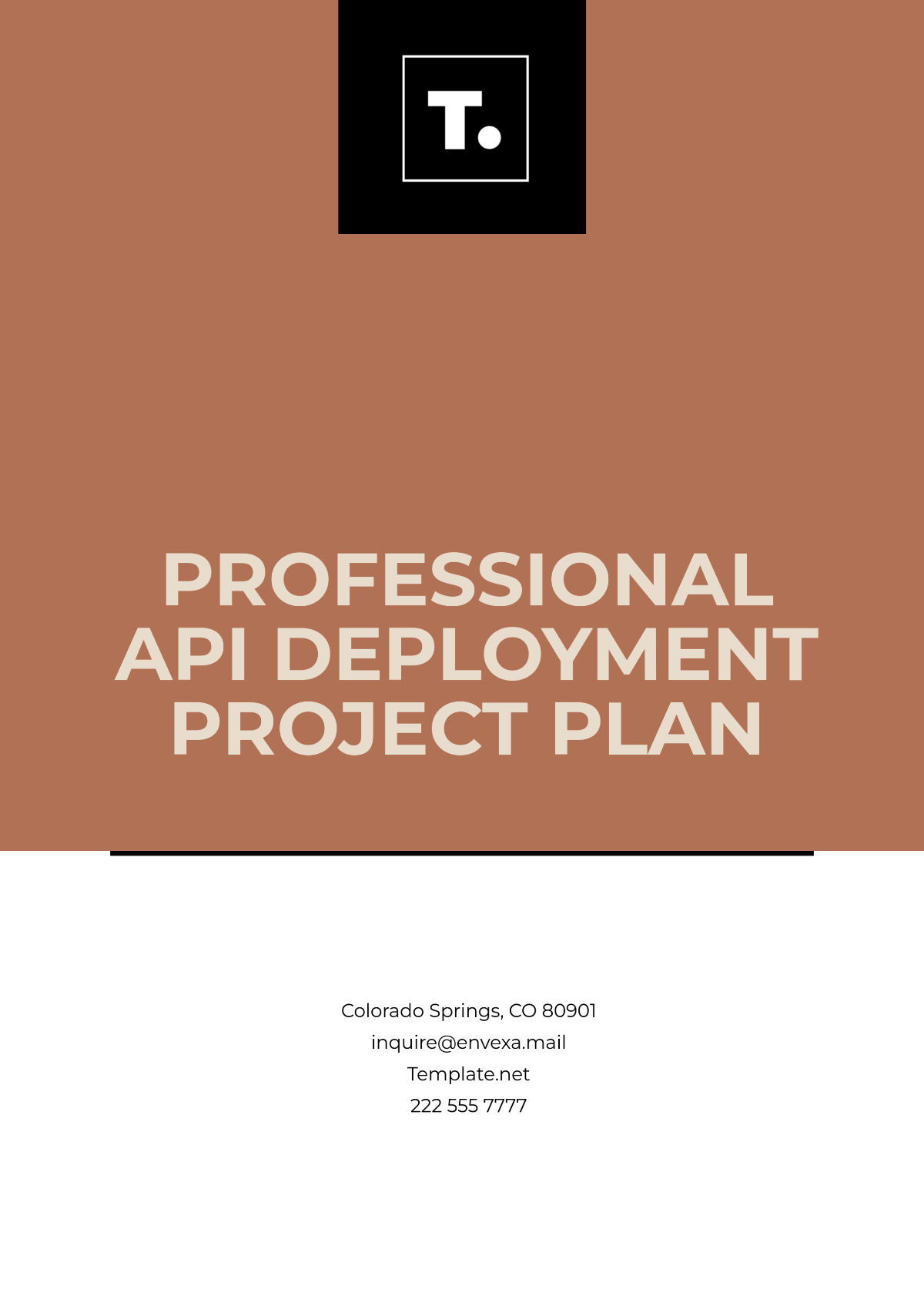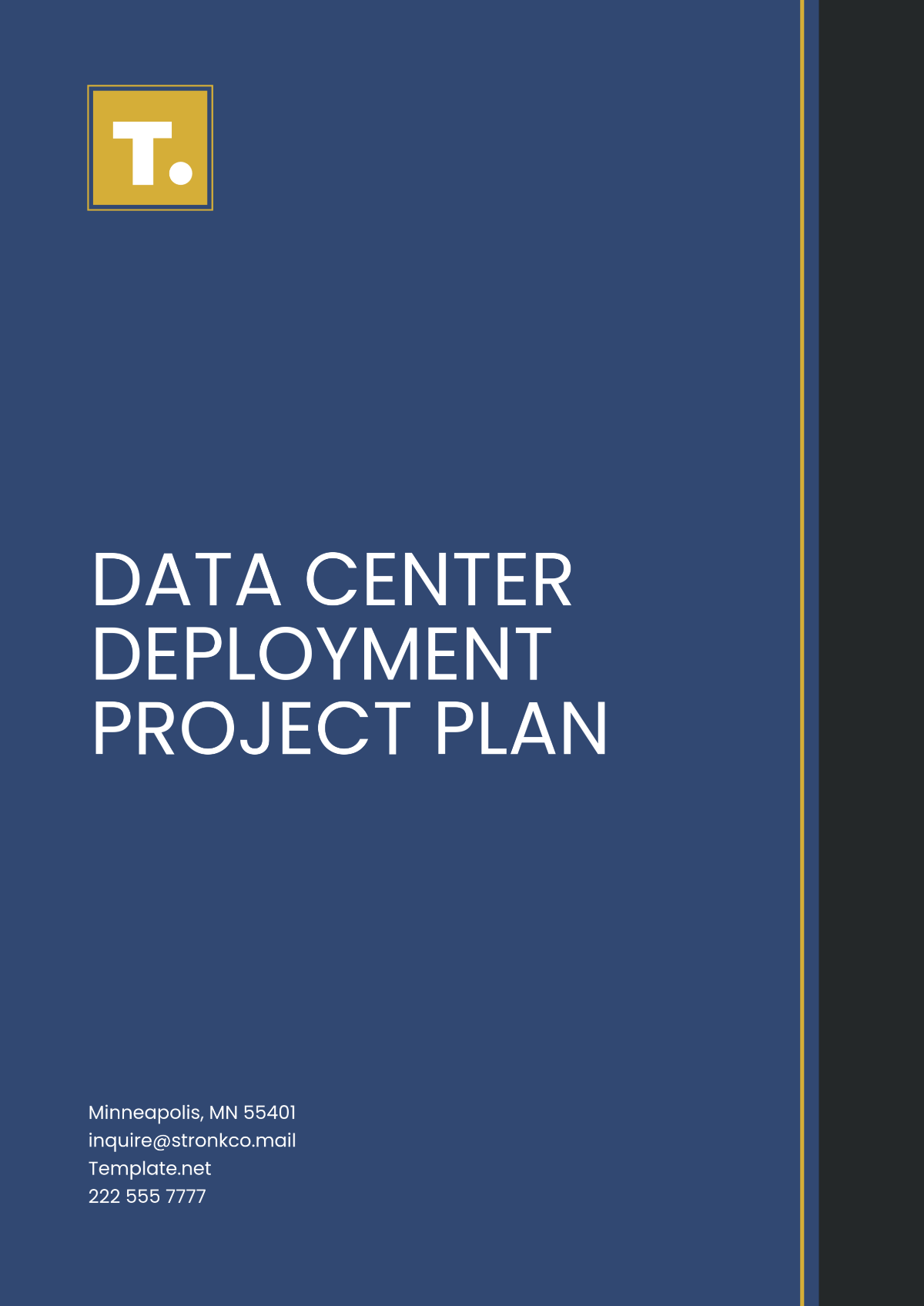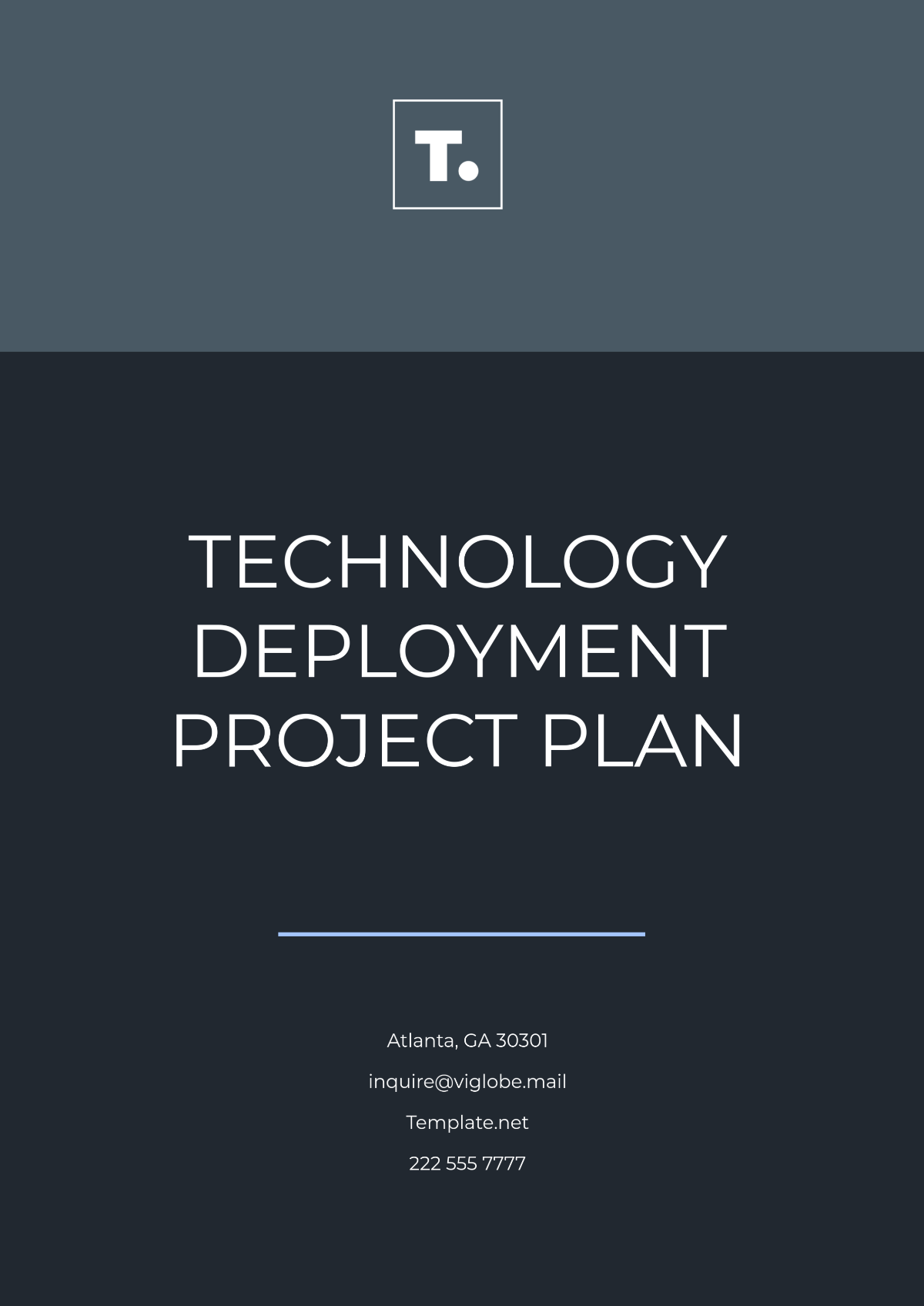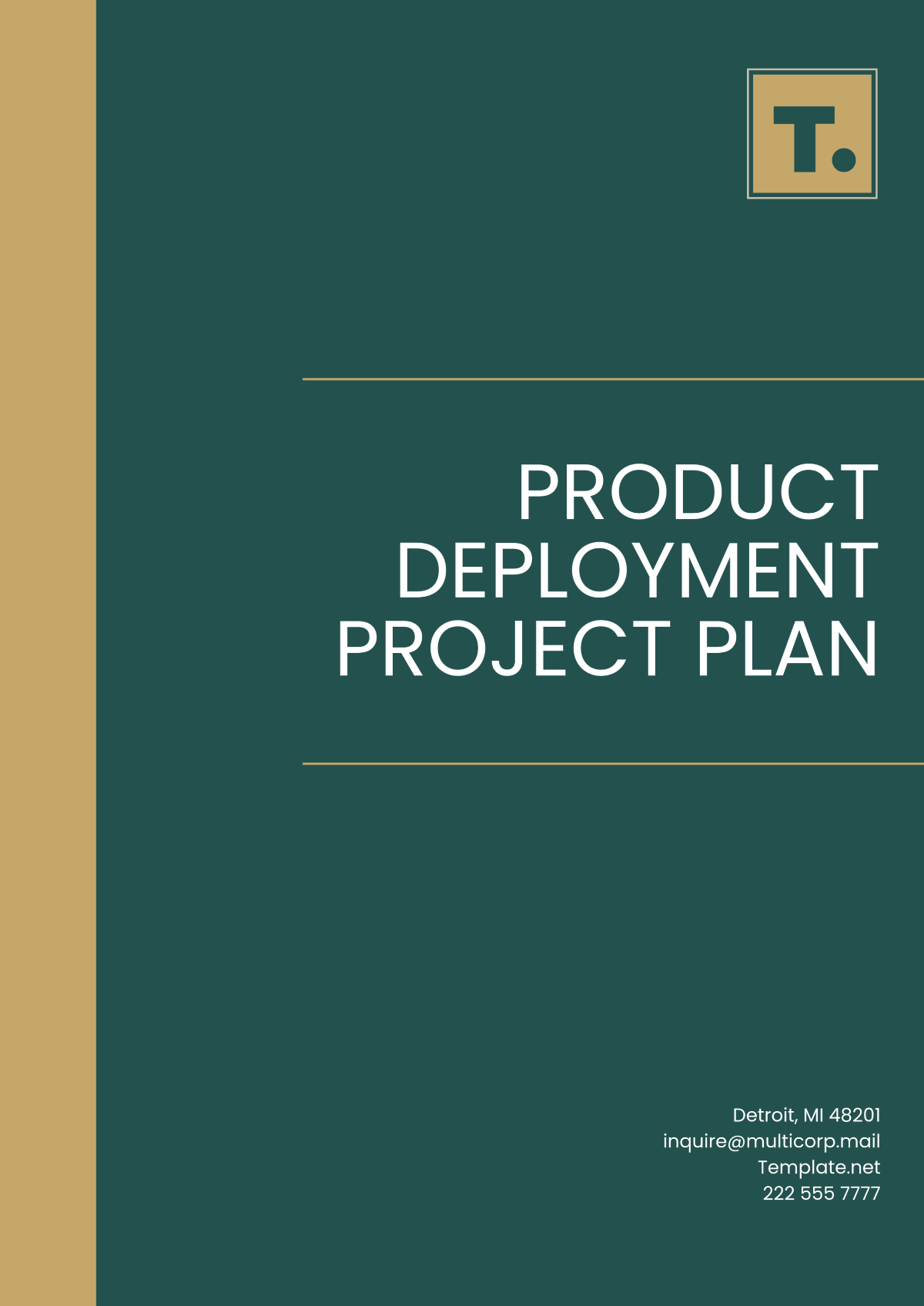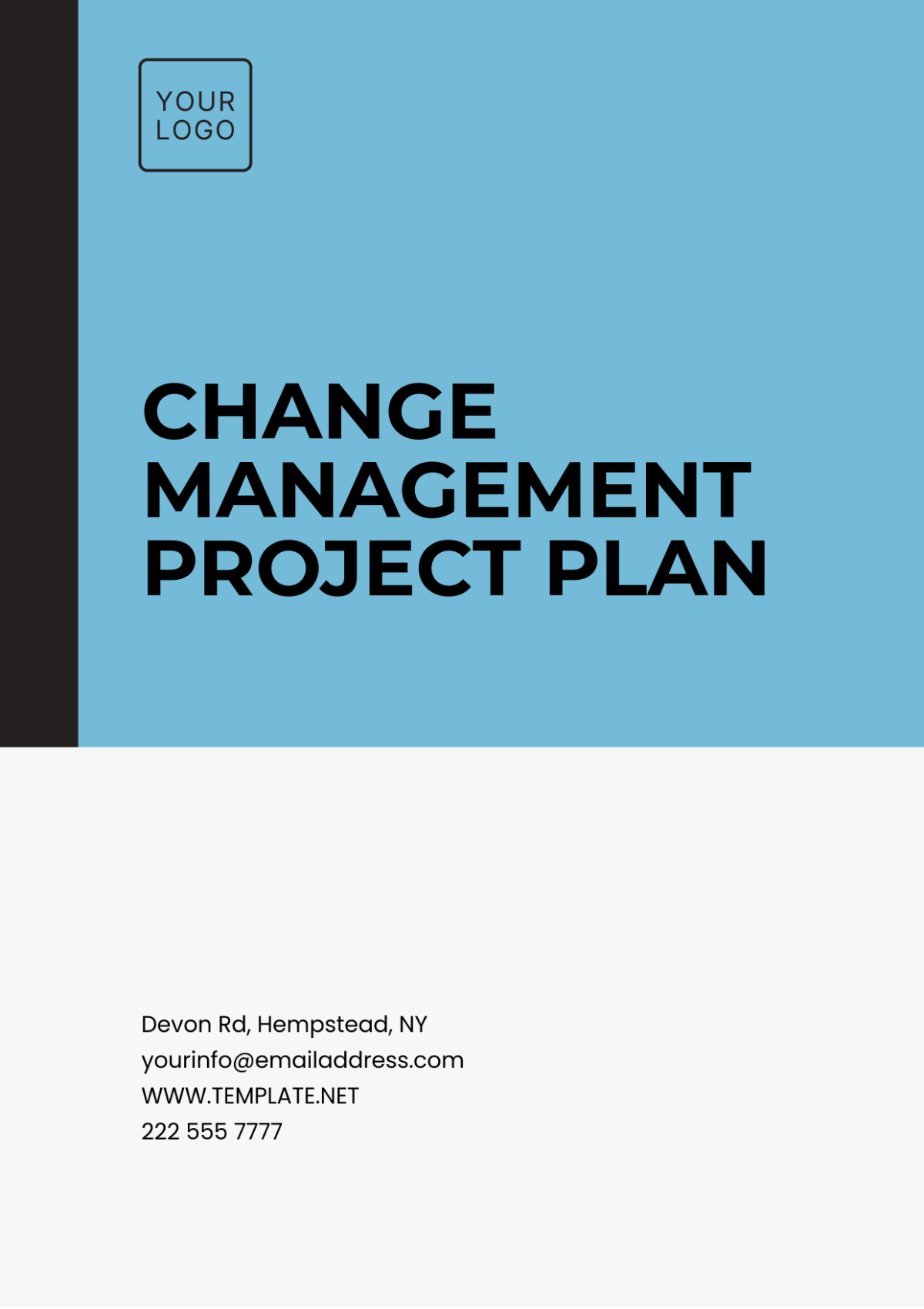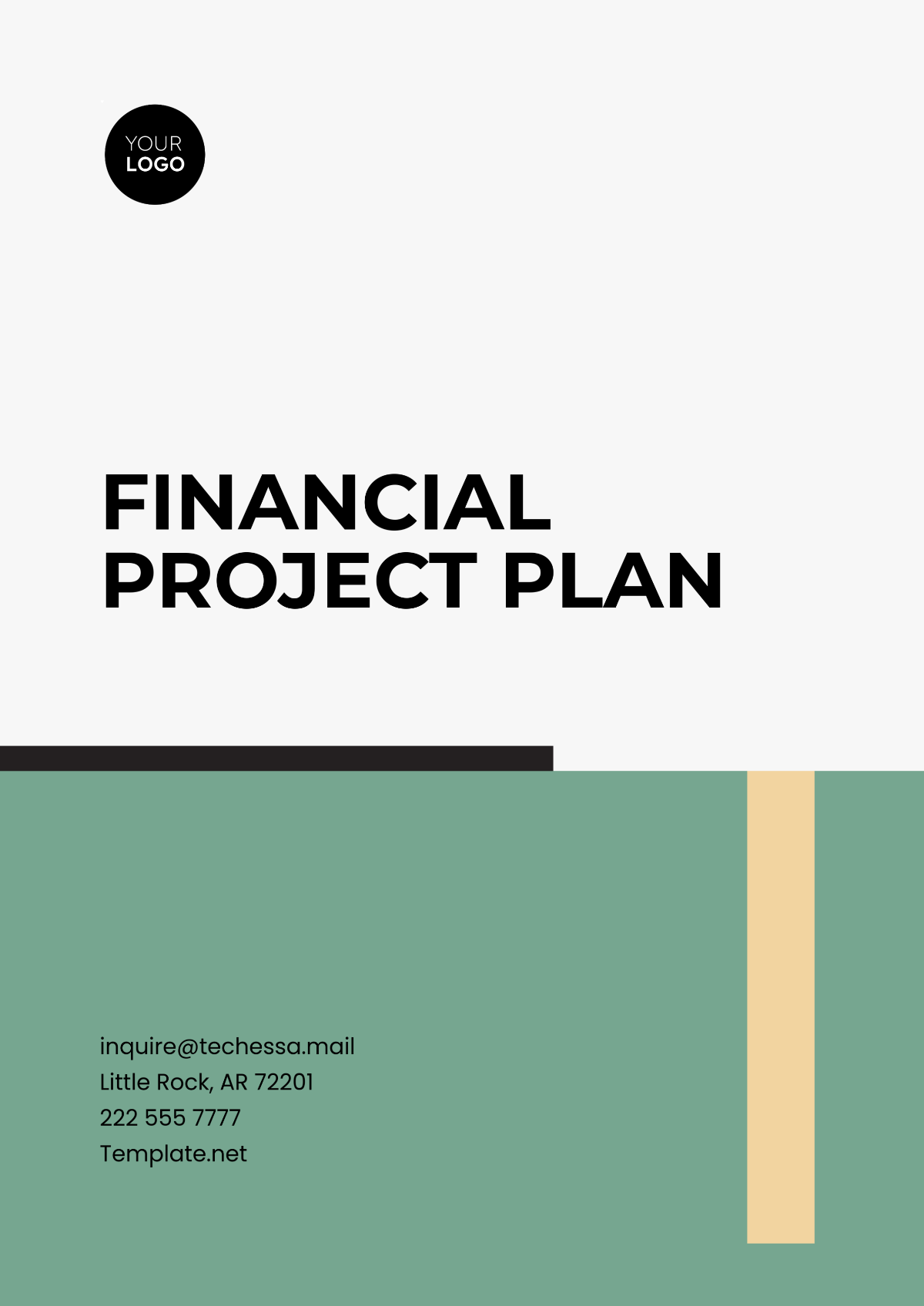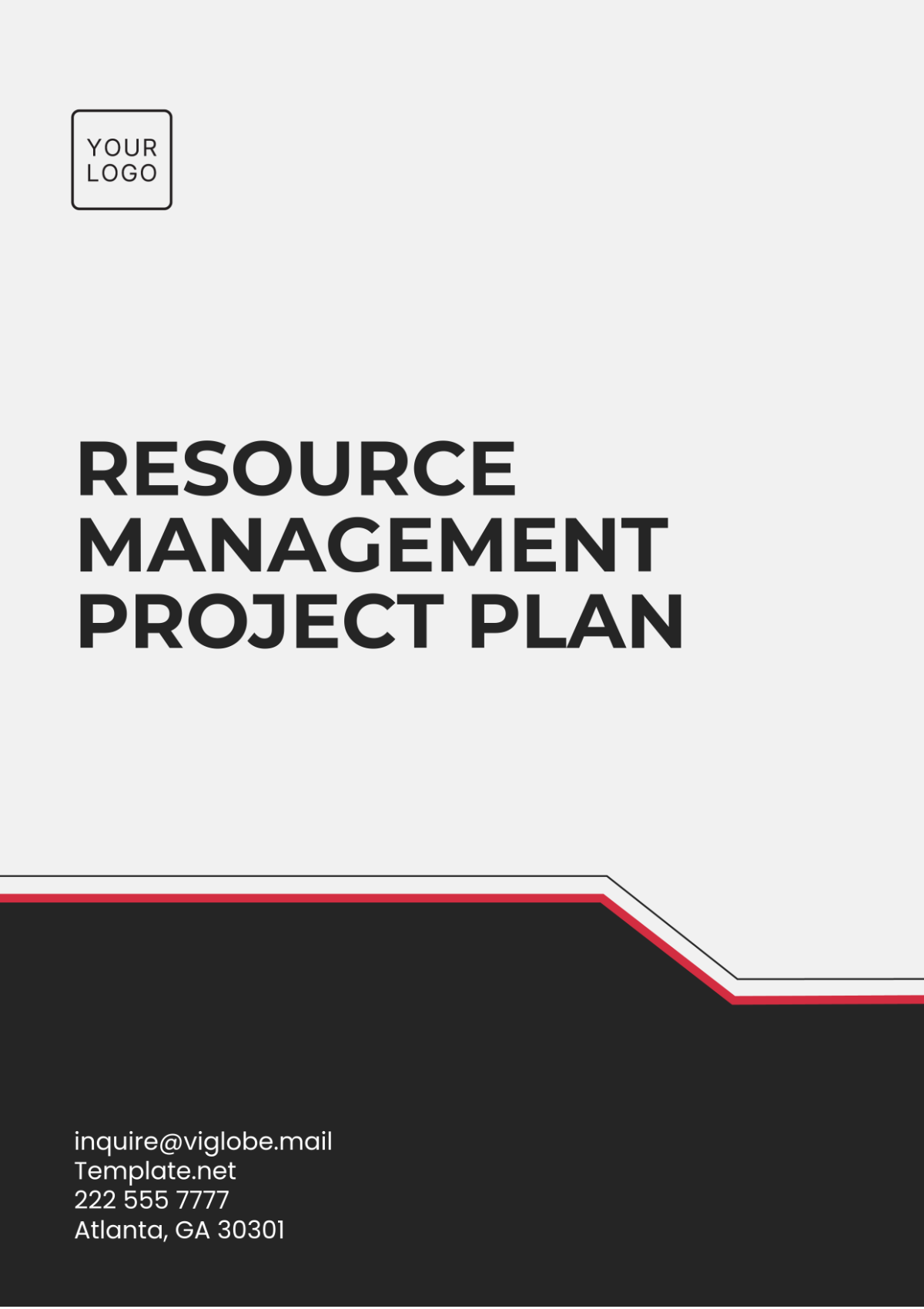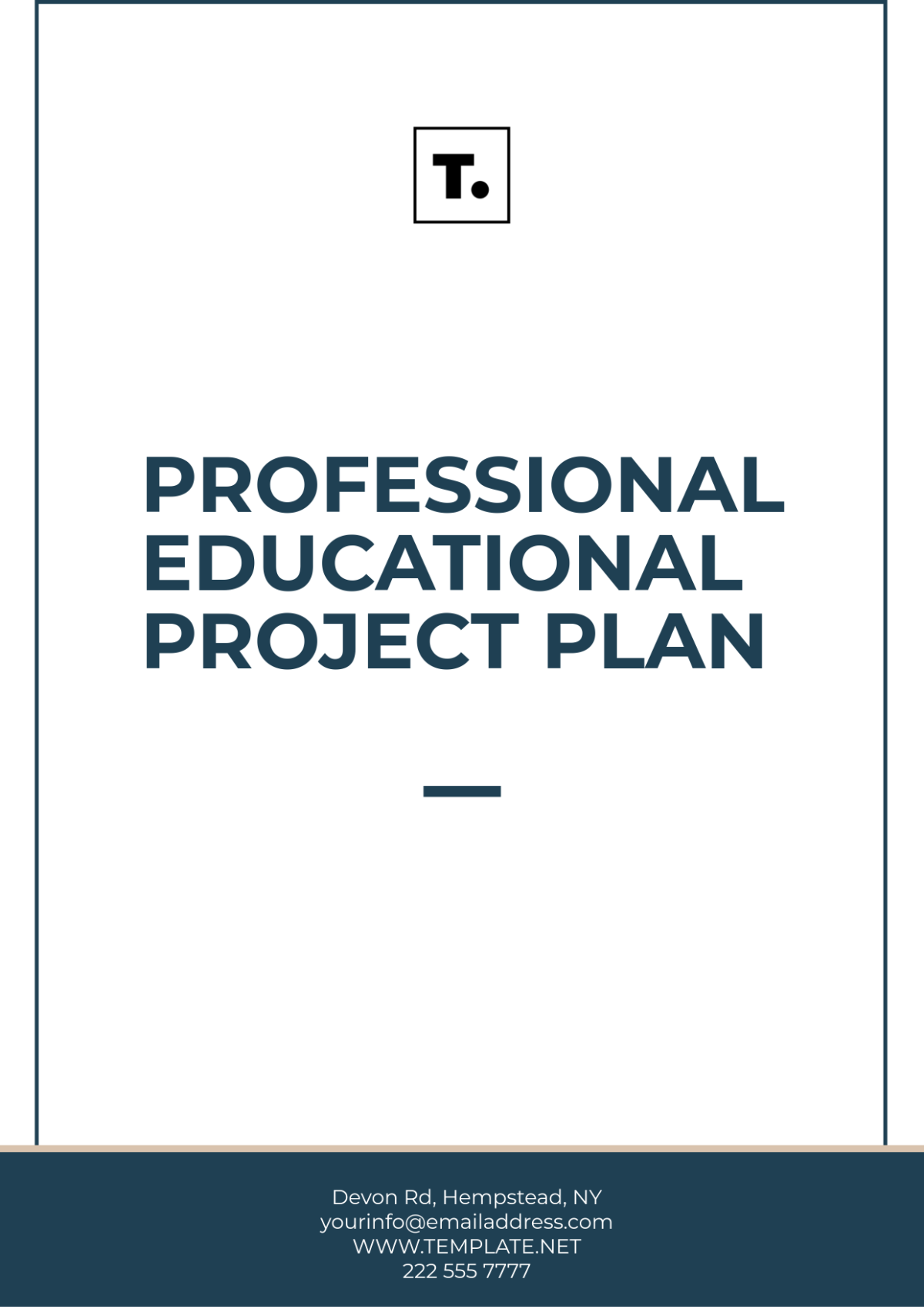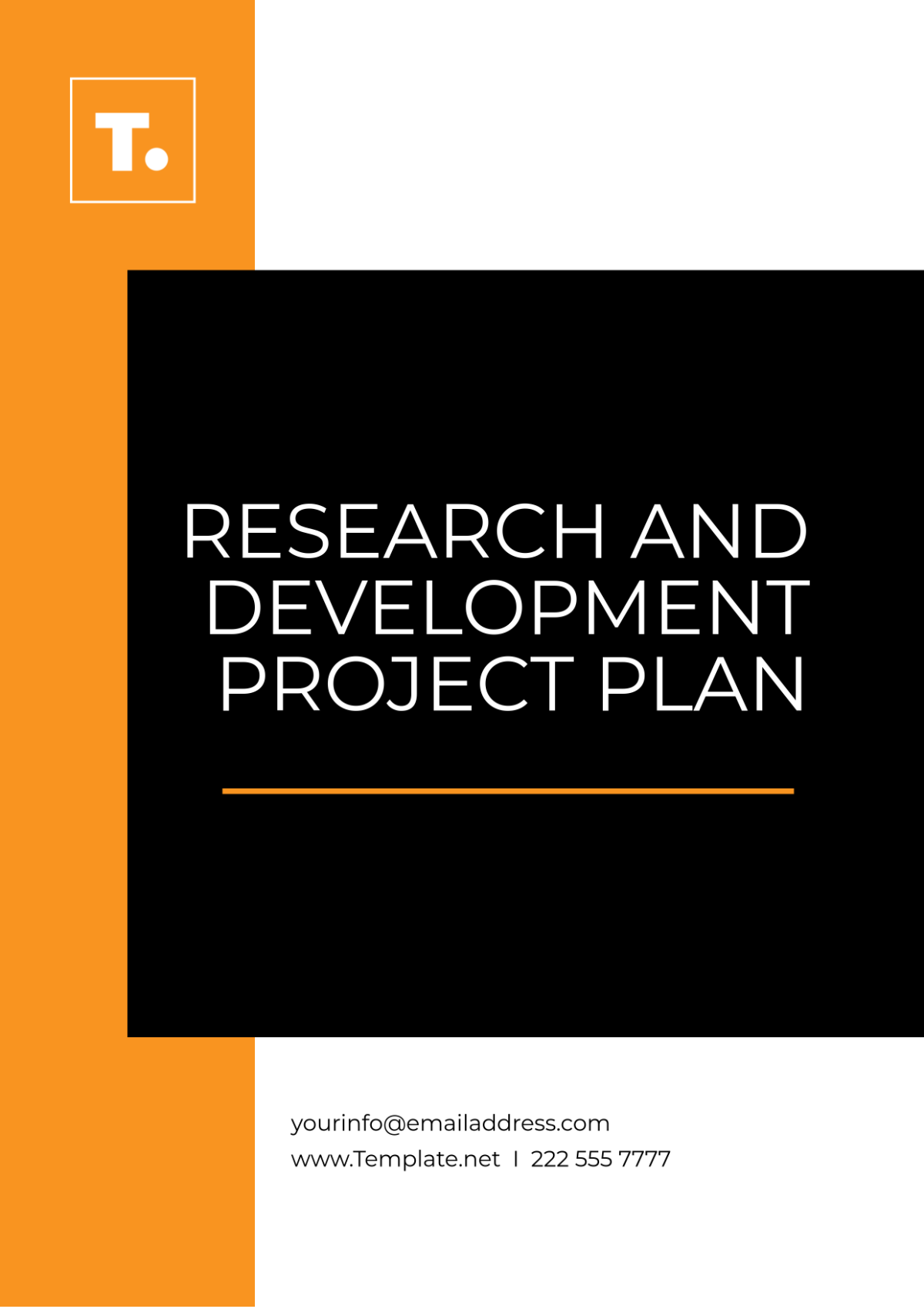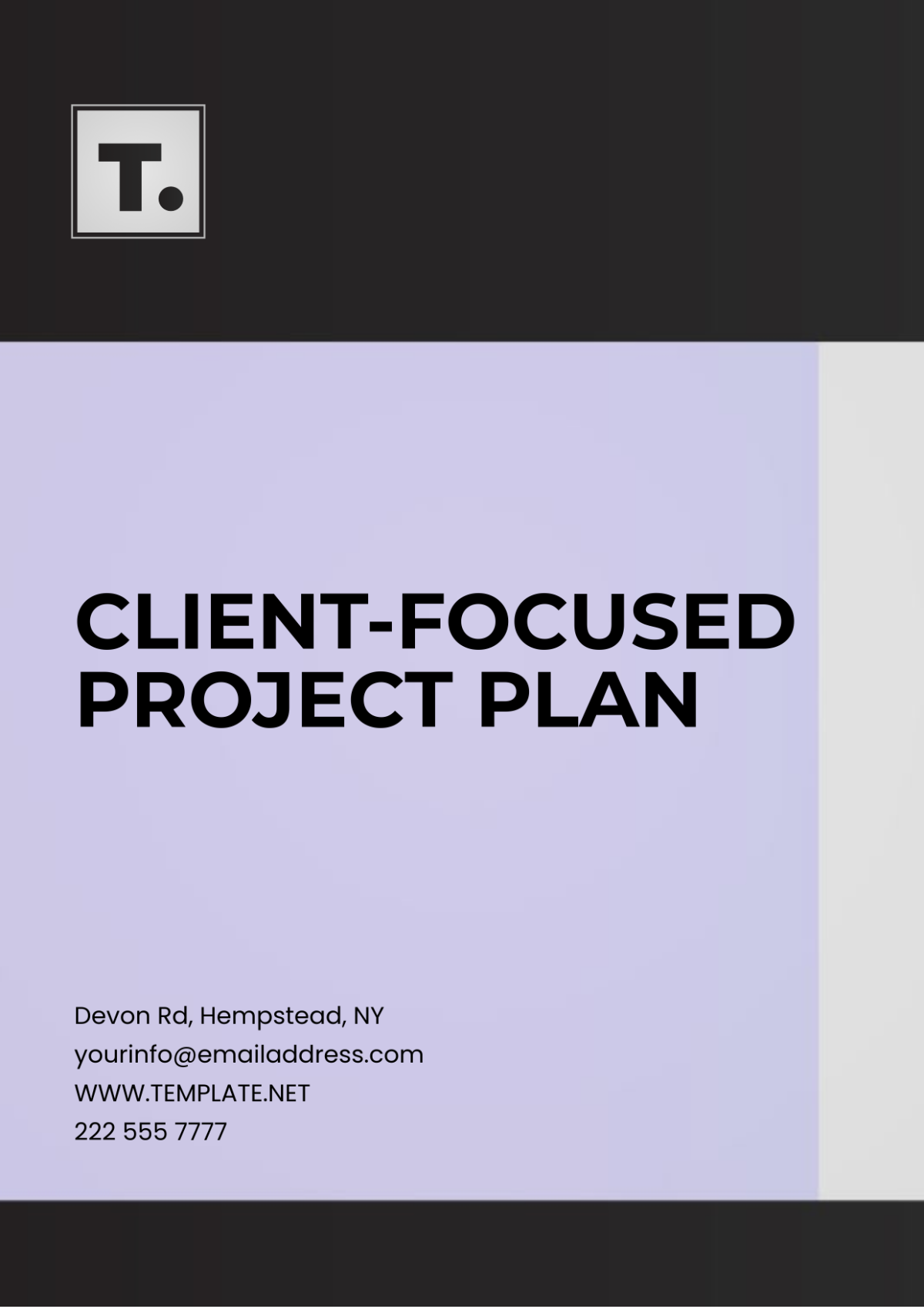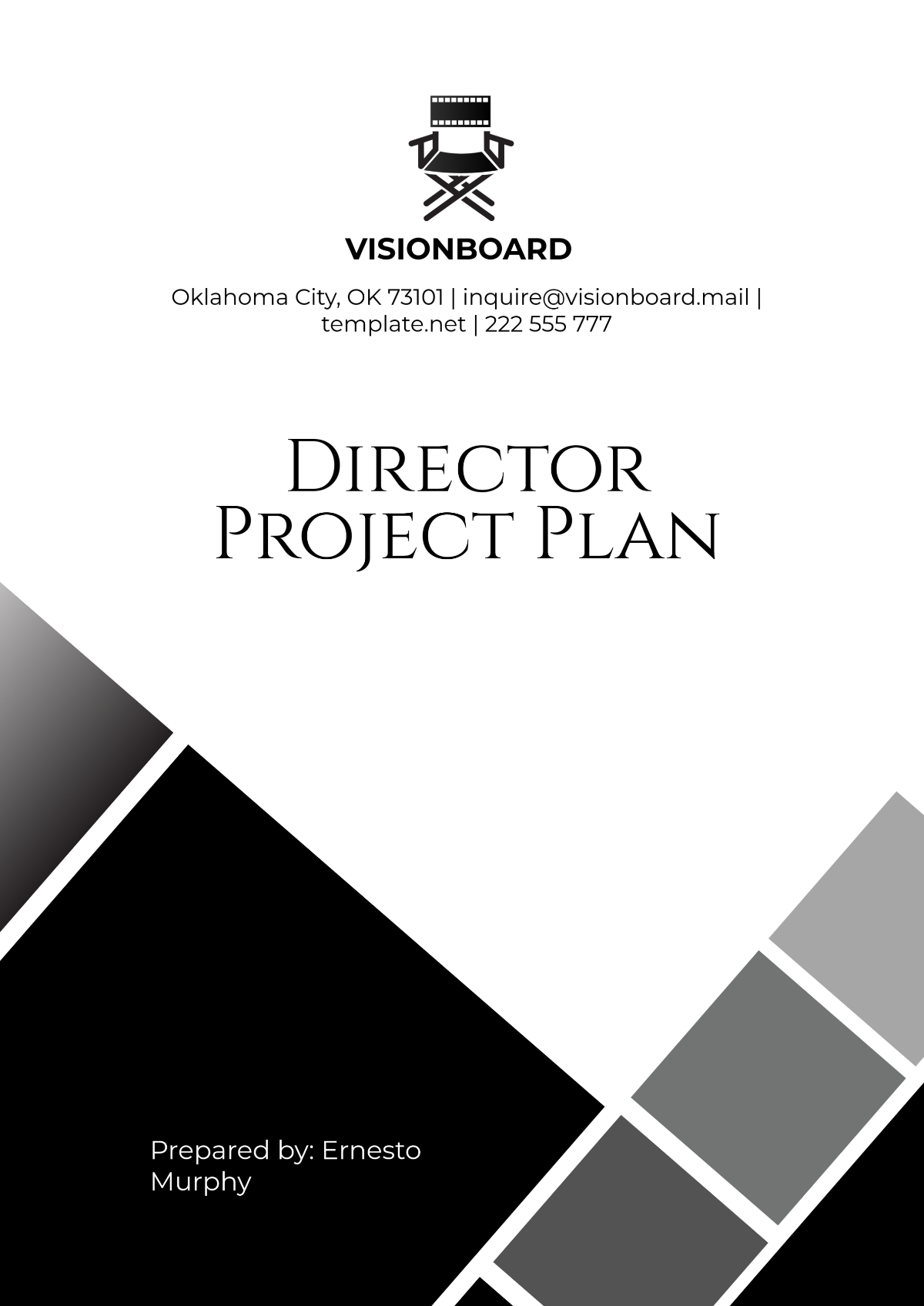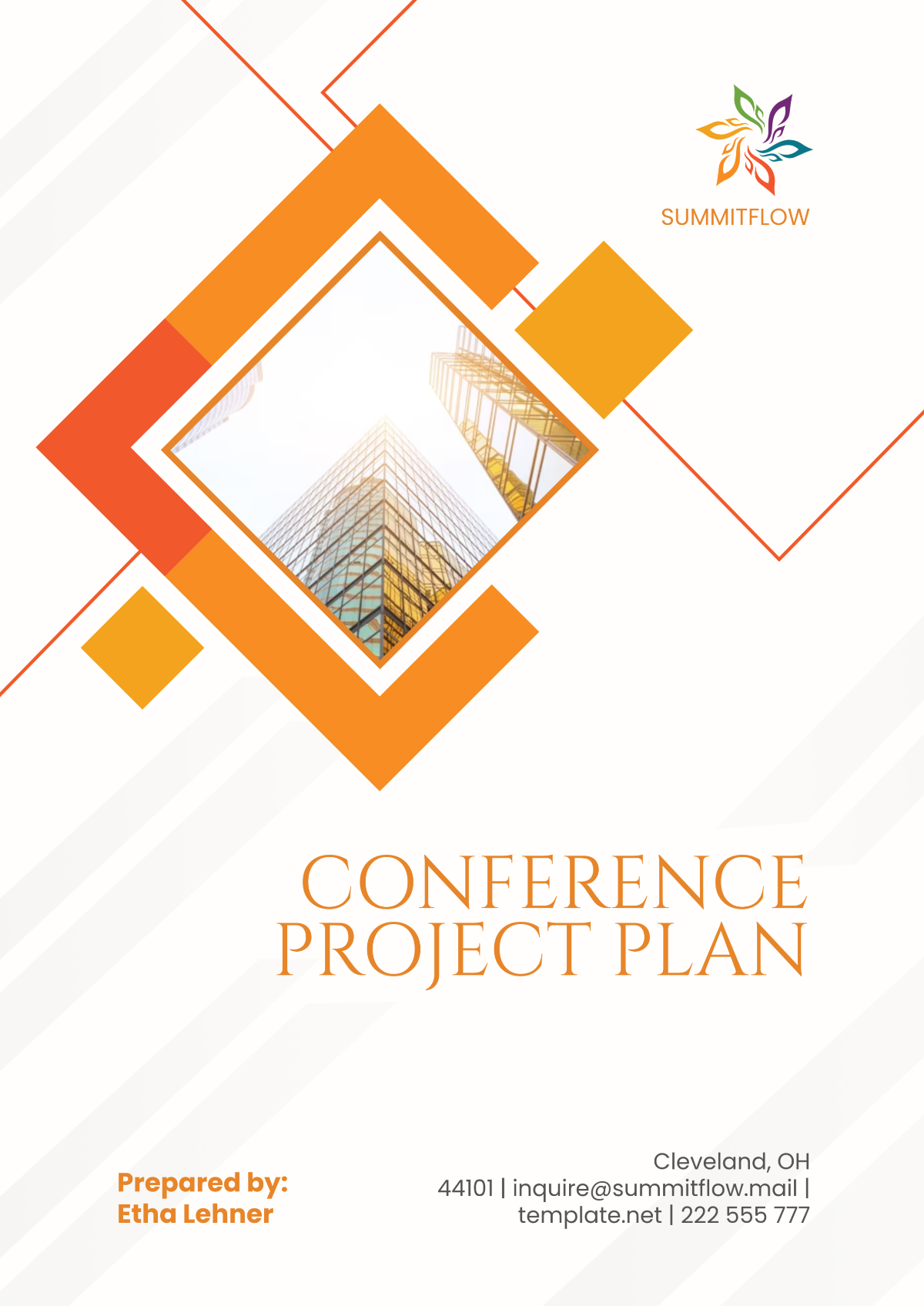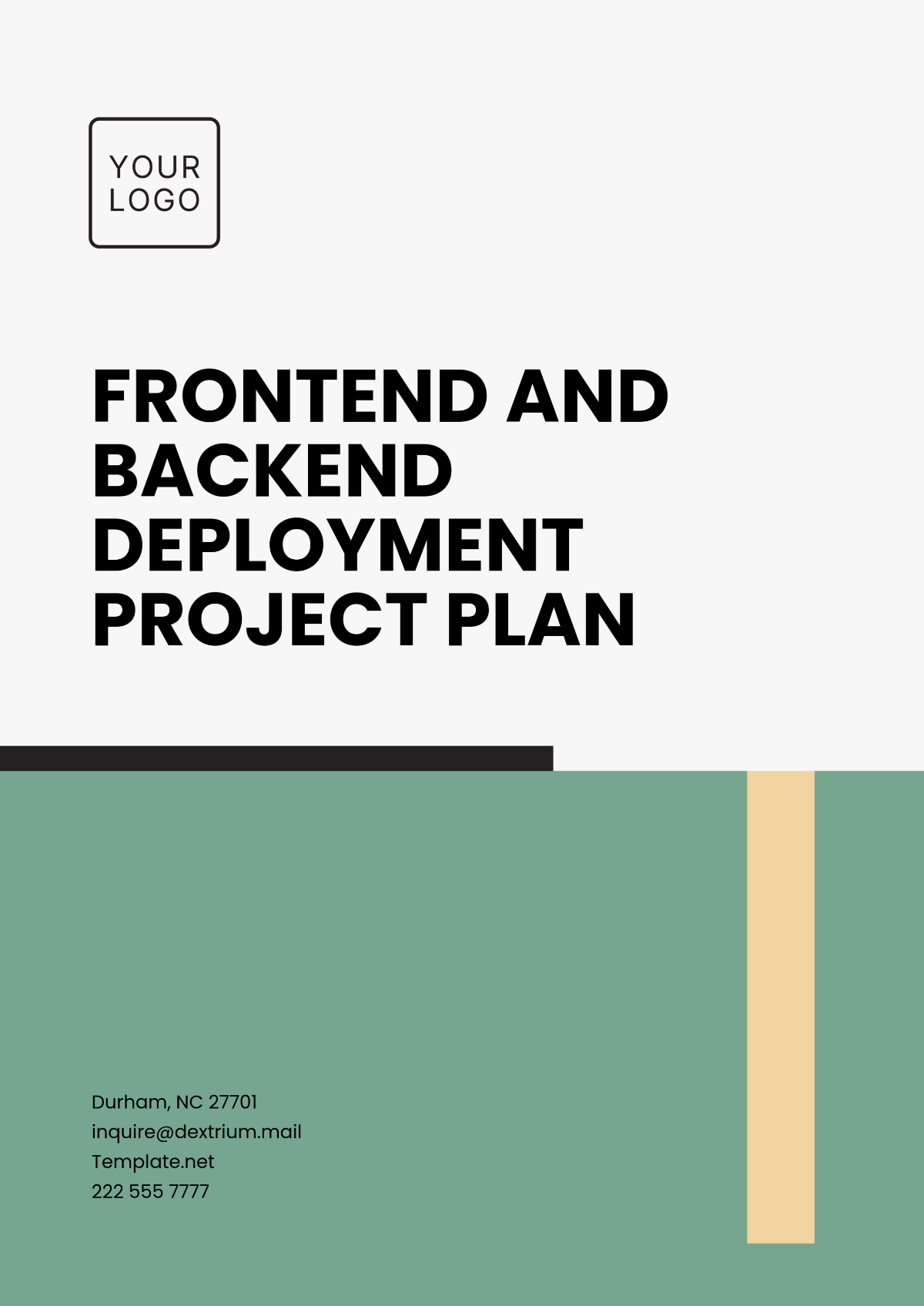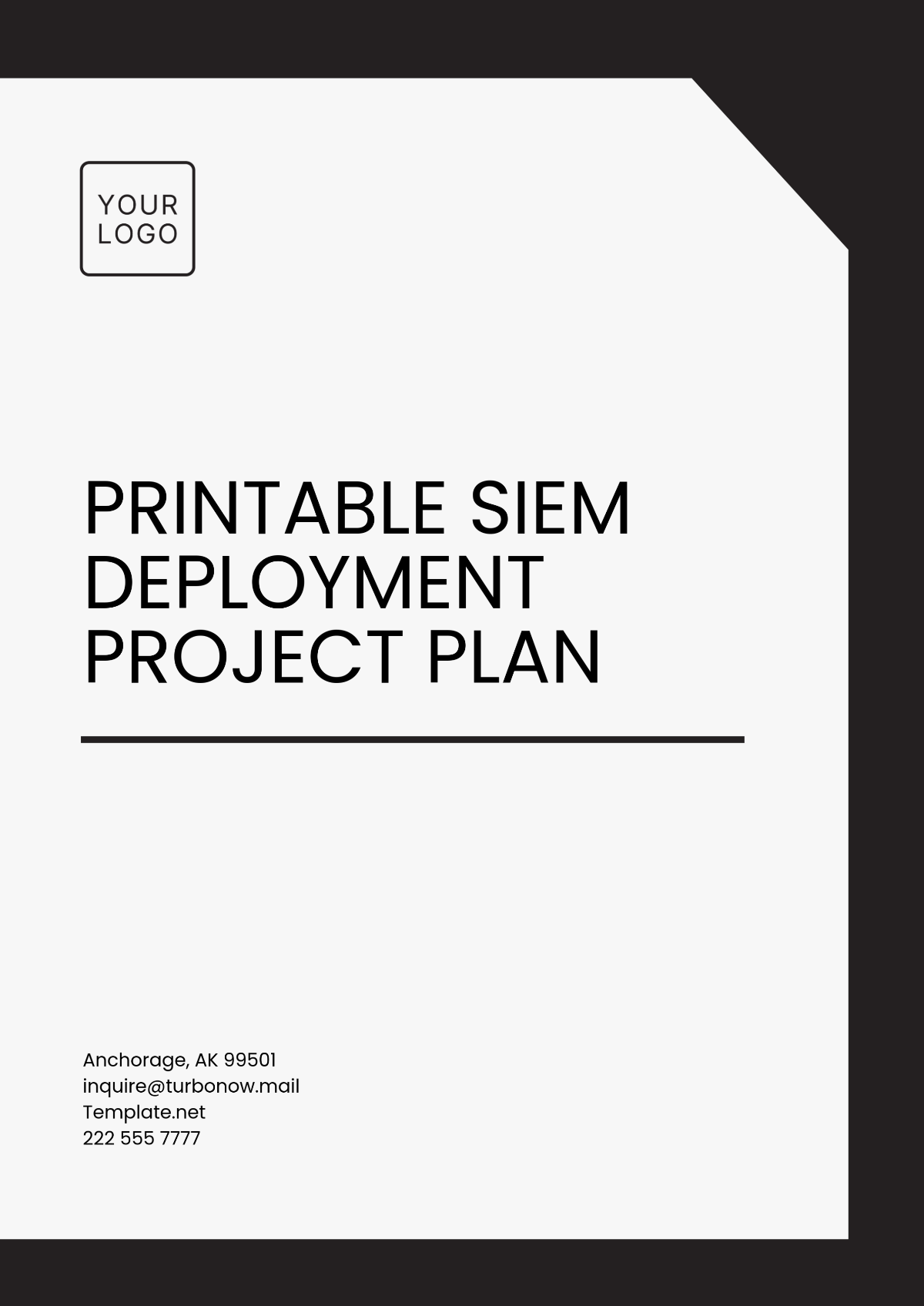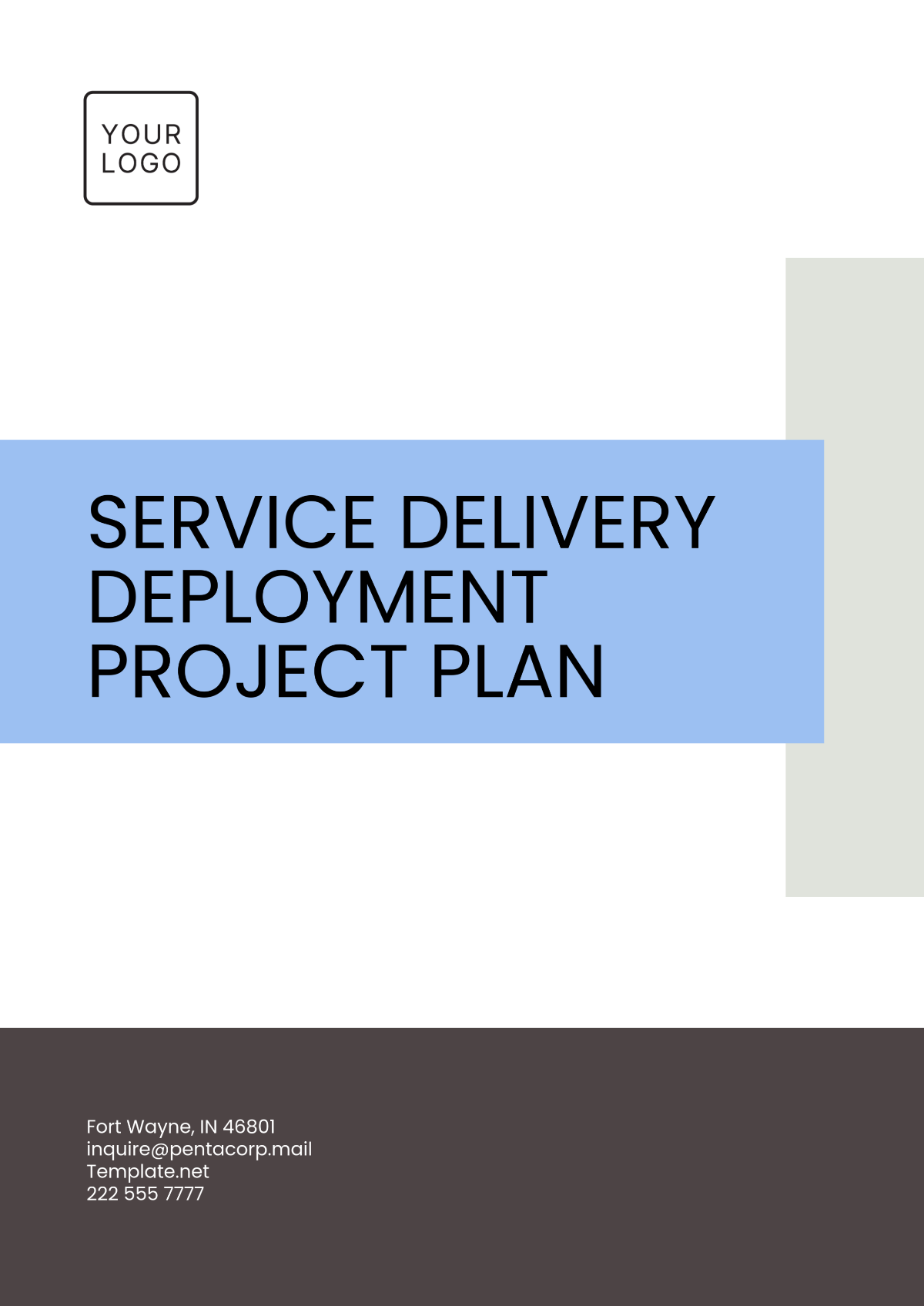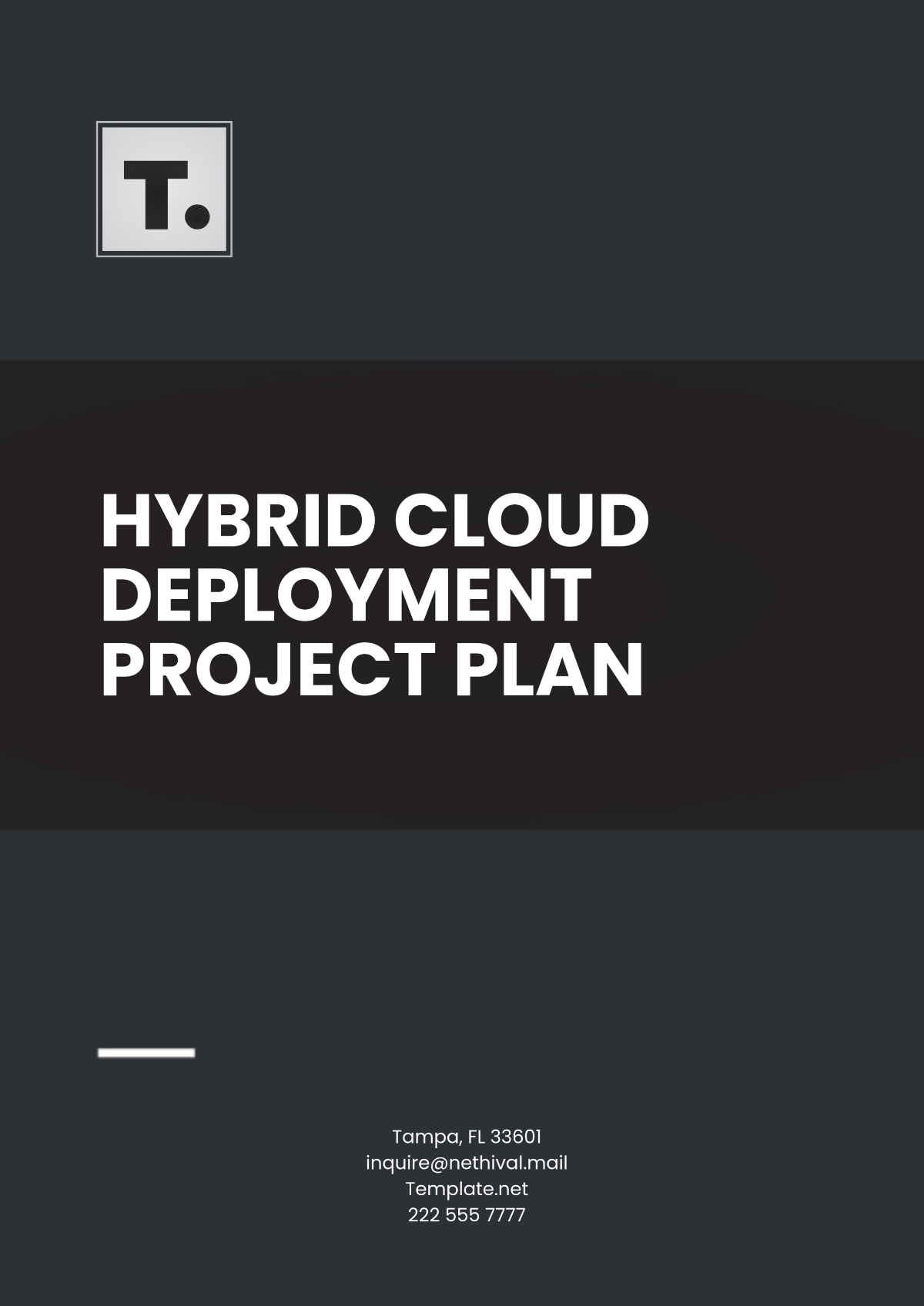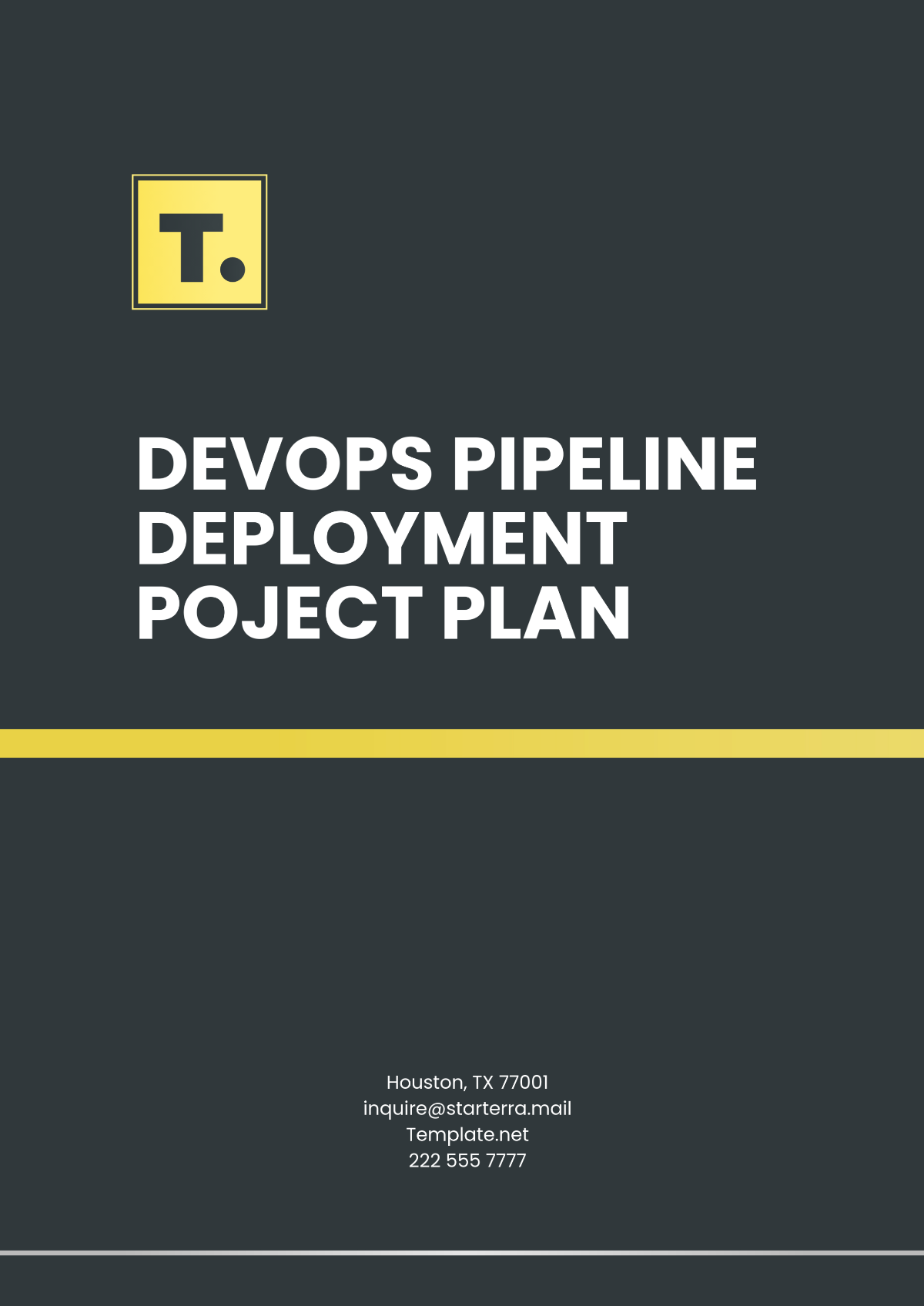SOFTWARE DEVELOPMENT PROJECT PLAN
Department : | [Your Department] |
Date : | [Current Date] |
I. Project Overview:
The [Project Name] is geared towards creating an engaging platform for learners enrolled in the [Your Company Name] to master new languages effectively. With a focus on interactivity, the software will encompass various features such as interactive lessons, vocabulary drills, and proficiency assessments. Led by a team of dedicated students from the [Your Company Address], the project aims to deliver a user-friendly interface enriched with multimedia content like audio clips, videos, and images, catering to diverse learning styles. The primary objectives include:
Crafting an intuitive interface to facilitate seamless navigation and engagement.
Incorporating gamification elements to boost motivation and retention among learners.
Integrating multimedia content to cater to different learning preferences.
Ensuring cross-platform compatibility to maximize accessibility.
II. Project Schedule:
The project timeline will be divided into distinct phases, each focusing on specific aspects of software development and deployment. Key milestones and deliverables include:
Phase | Timeline | Tasks |
|---|---|---|
Planning Phase | Week 1 | 1. Define project scope, objectives, and requirements. 2. Conduct market research and user surveys. 3. Create a detailed project plan. |
Development Phase | Weeks 2-6 | 1. Design user interface mockups and wireframes. 2. Develop backend infrastructure and database architecture. 3. Implement front-end features. 4. Conduct code reviews and testing. |
Testing and QA Phase | Weeks 7-8 | 1. Develop and execute comprehensive test plans. 2. Conduct usability testing with target users. 3. Implement security measures. |
Deployment and Maintenance | Weeks 9-10 | 1. Deploy the software to a production environment. 2. Monitor system performance and user feedback. 3. Provide ongoing maintenance and support. |
III. Resource Allocation:
Effective resource allocation is crucial for the success of the Language Learning Software Project. The following resources will be allocated throughout the project:
A. Human Resources:
[Project Manager]: Responsible for overseeing the project's progress, coordinating tasks, and communicating with stakeholders.
[Developers]: Assigned to frontend and backend development tasks, ensuring the implementation of features and functionalities according to specifications.
[UI/UX Designer]: Designs the user interface and user experience elements to ensure intuitive navigation and engagement.
[Quality Assurance Analyst]: Conducts testing procedures to identify and rectify bugs, ensuring the software's reliability and performance.
[Technical Support]: Assists users and addresses any technical issues post-deployment.
B. Hardware and Software:
Development Environment: Each team member will require access to development tools and software, such as integrated development environments (IDEs) and version control systems.
Testing Infrastructure: Resources for setting up testing environments, including devices and virtual machines, to ensure compatibility across various platforms.
IV. Risk Management:
Identifying and mitigating potential risks is essential to minimize project disruptions and ensure timely delivery of the language learning software. The following risks have been identified, along with corresponding mitigation strategies:
A. Technical Challenges:
Risk: Unexpected technical complexities may arise during the development process, leading to delays.
Mitigation: Conduct thorough research and prototyping in the planning phase to anticipate and address potential technical challenges early. Maintain open communication channels within the team to promptly address any issues that arise.
B. Scope Creep:
Risk: Additional features or changes to requirements may be requested, leading to scope creep and timeline extensions.
Mitigation: Define a clear scope and prioritize features based on their importance and impact on project objectives. Implement a change management process to evaluate and prioritize requested changes effectively.
C. Resource Constraints:
Risk: Limited availability of resources, such as manpower or budget, may affect project execution and quality.
Mitigation: Regularly monitor resource allocation and project progress to identify potential bottlenecks. Consider alternative resource allocation strategies, such as outsourcing certain tasks or reallocating resources from non-critical areas.
V. Quality Assurance Plan:
Ensuring the quality of the language learning software is paramount to delivering a valuable product to users. The Quality Assurance (QA) plan outlines the following procedures:
A. Testing Methodologies:
Unit Testing: Developers will conduct unit tests to validate individual components and functions within the software.
Integration Testing: Integrated components will be tested together to ensure they function correctly as a whole.
User Acceptance Testing (UAT): Target users will participate in UAT to assess the software's usability, functionality, and overall satisfaction.
Regression Testing: Periodic regression testing will be conducted to ensure that new updates or fixes do not adversely affect existing features.
B. Bug Tracking and Resolution:
A centralized bug-tracking system will be used to log and prioritize reported issues.
Bugs will be categorized based on severity and impact on user experience, with high-priority issues addressed promptly.
VI. Communication Plan:
Effective communication is essential for keeping all stakeholders informed and ensuring smooth project execution. The communication plan includes the following:
A. Stakeholder Communication:
Regular status updates will be provided to stakeholders, including progress reports, milestones achieved, and any issues or risks identified.
Stakeholder feedback will be solicited at key project checkpoints to ensure alignment with expectations.
B. Team Communication:
Daily stand-up meetings will be held to discuss progress, obstacles, and goals for the day.
A dedicated communication channel will be established for real-time collaboration and quick resolution of queries.
VII. Budget and Cost Management:
Managing the project budget is essential to ensure that resources are utilized efficiently and costs are controlled. The budget and cost management plan include:
A. Budget Allocation:
Project Phase | Budget Allocation | Contingency Reserves |
|---|---|---|
Development | $50,000 | $5,000 |
Testing | $15,000 | $2,000 |
Deployment | $10,000 | $1,000 |
Maintenance | $20,000 | $3,000 |
B. Cost Monitoring and Control:
Action | Description |
|---|---|
Expense Tracking |
|
Budget Deviation Analysis |
|
Corrective Actions |
|
Reporting |
|

